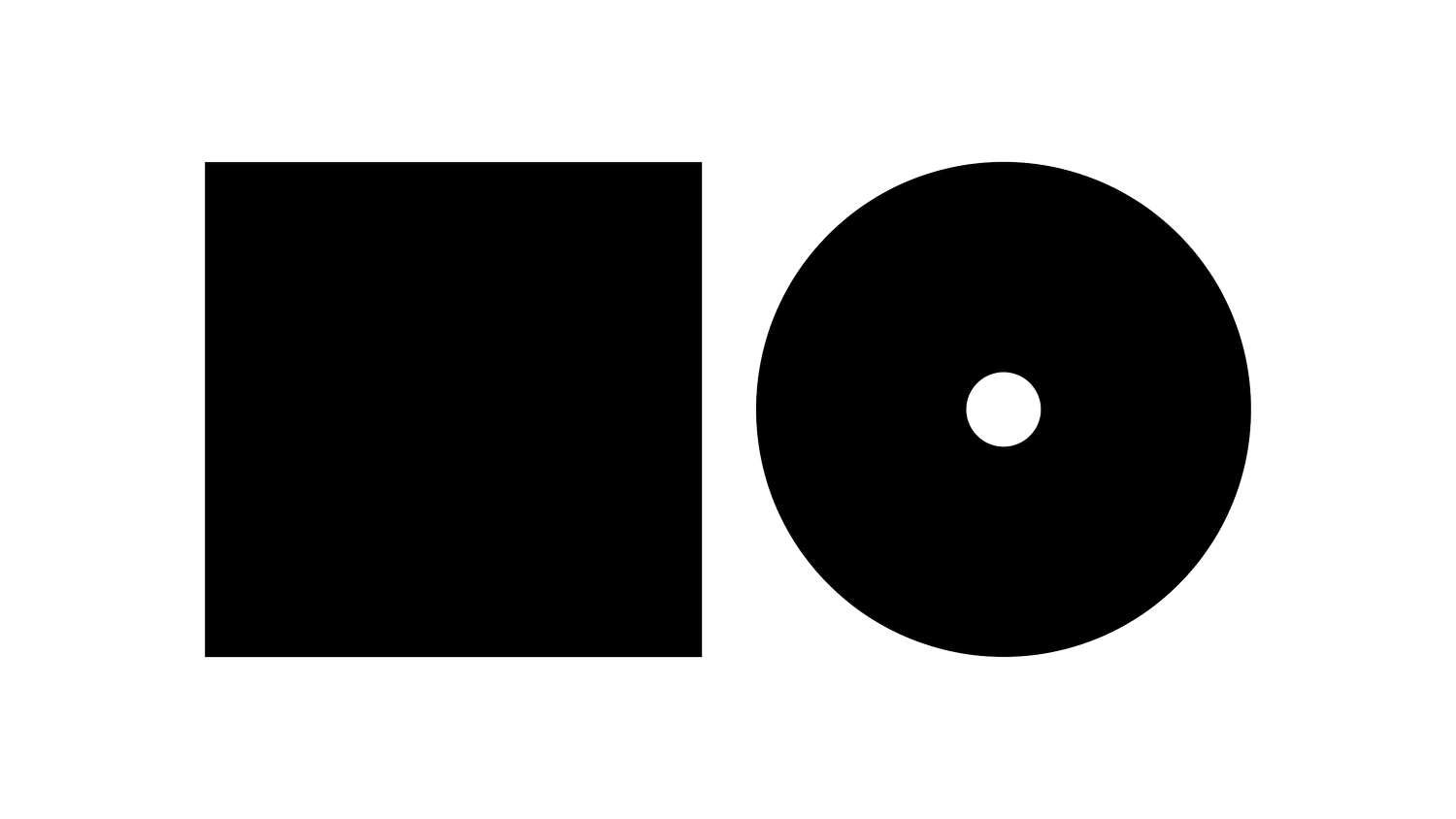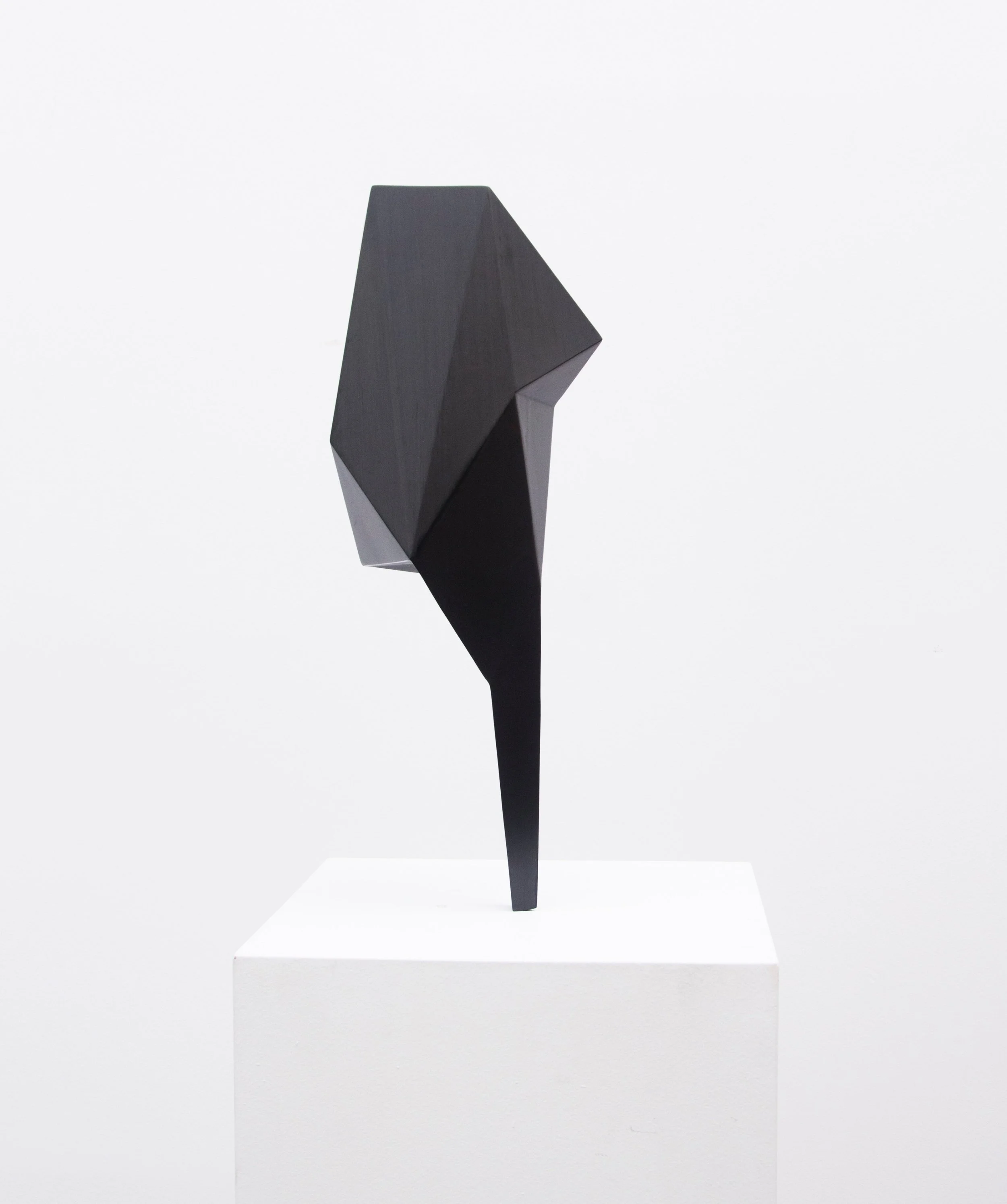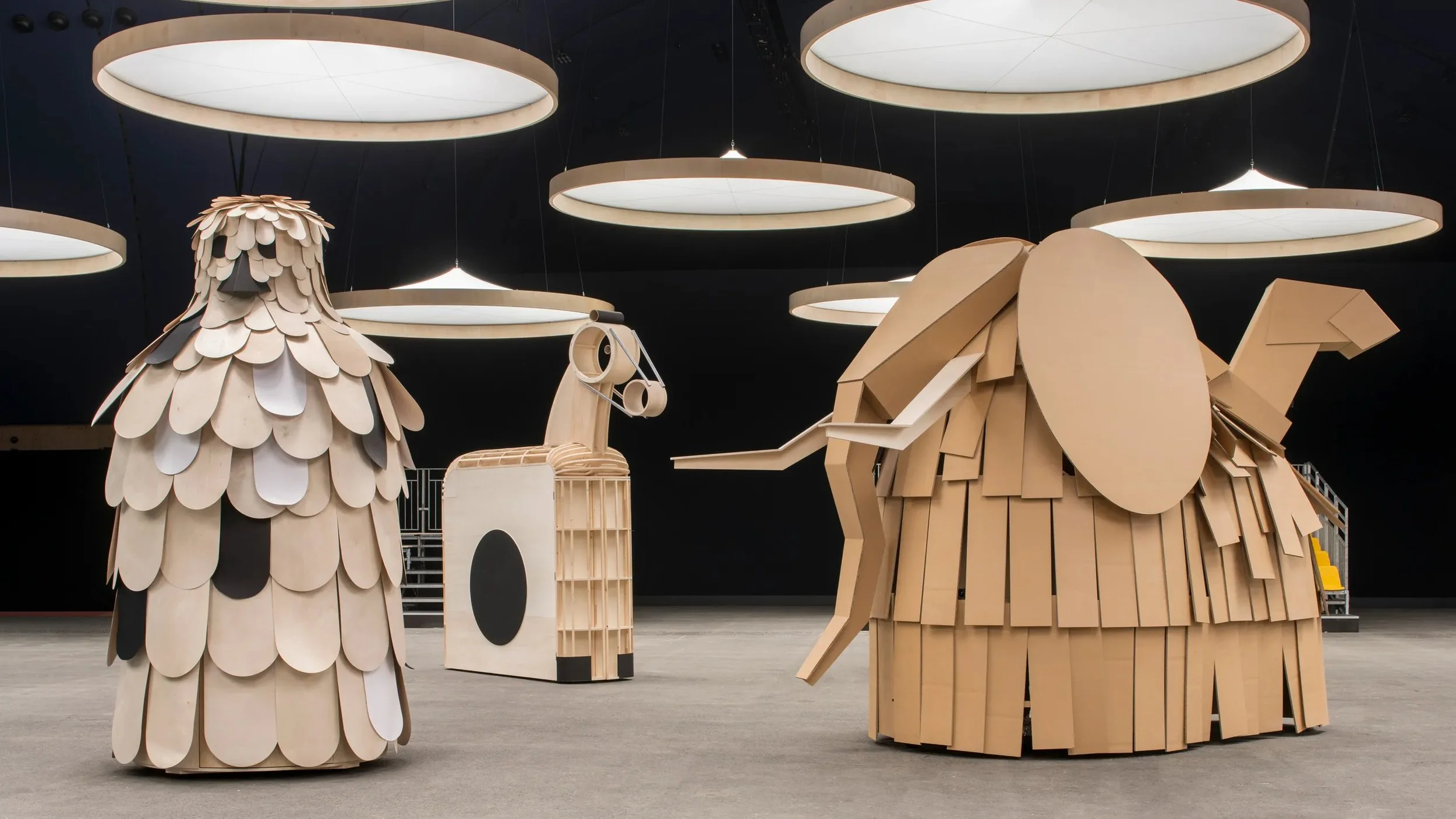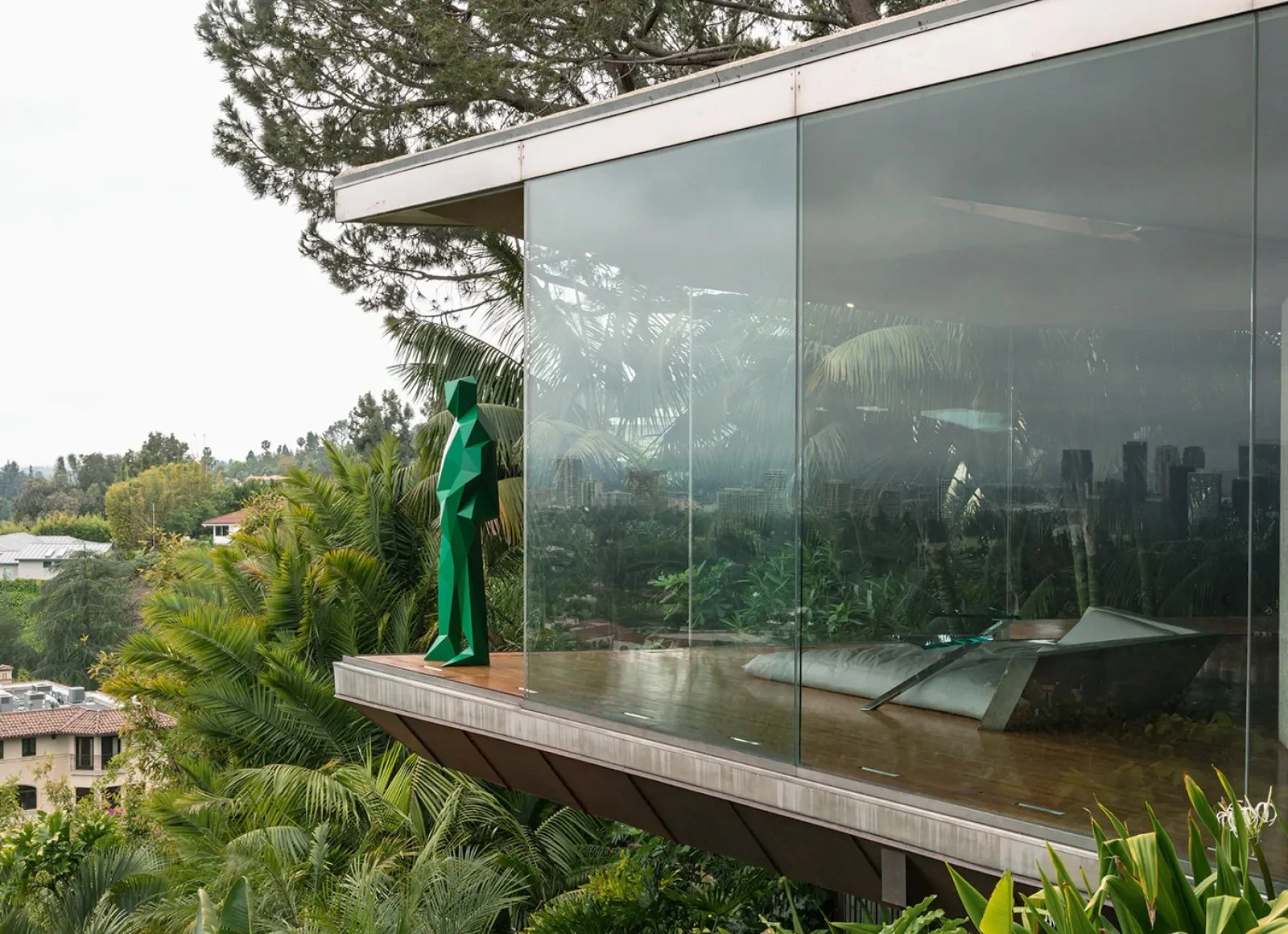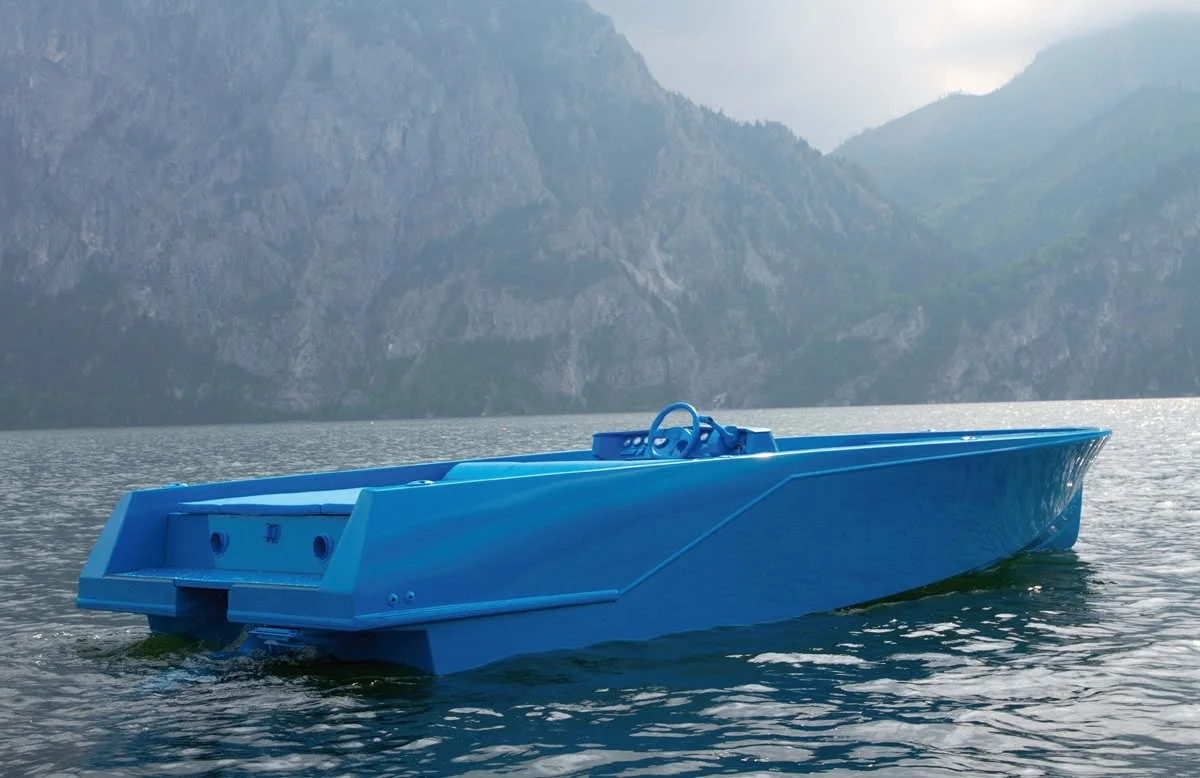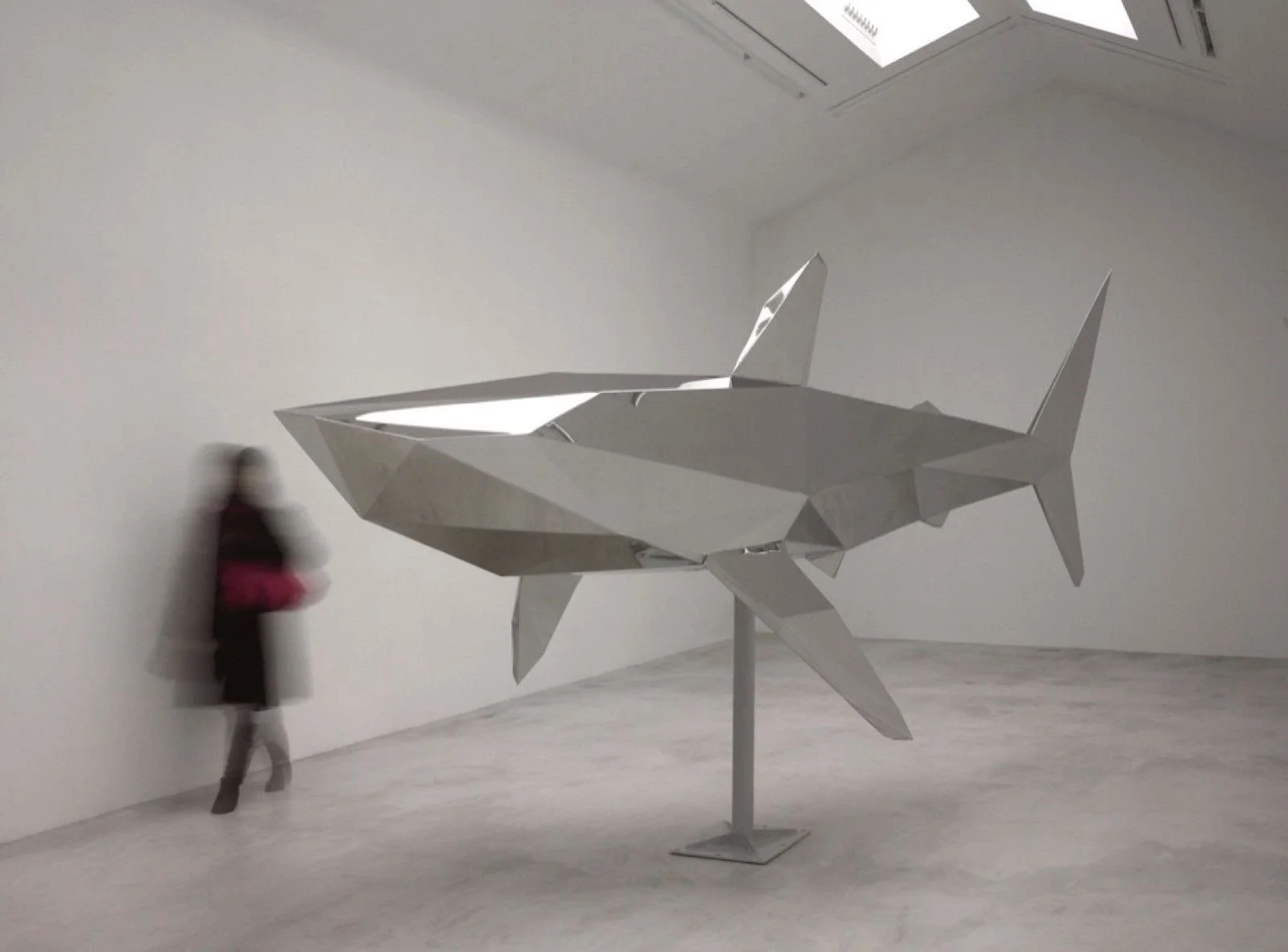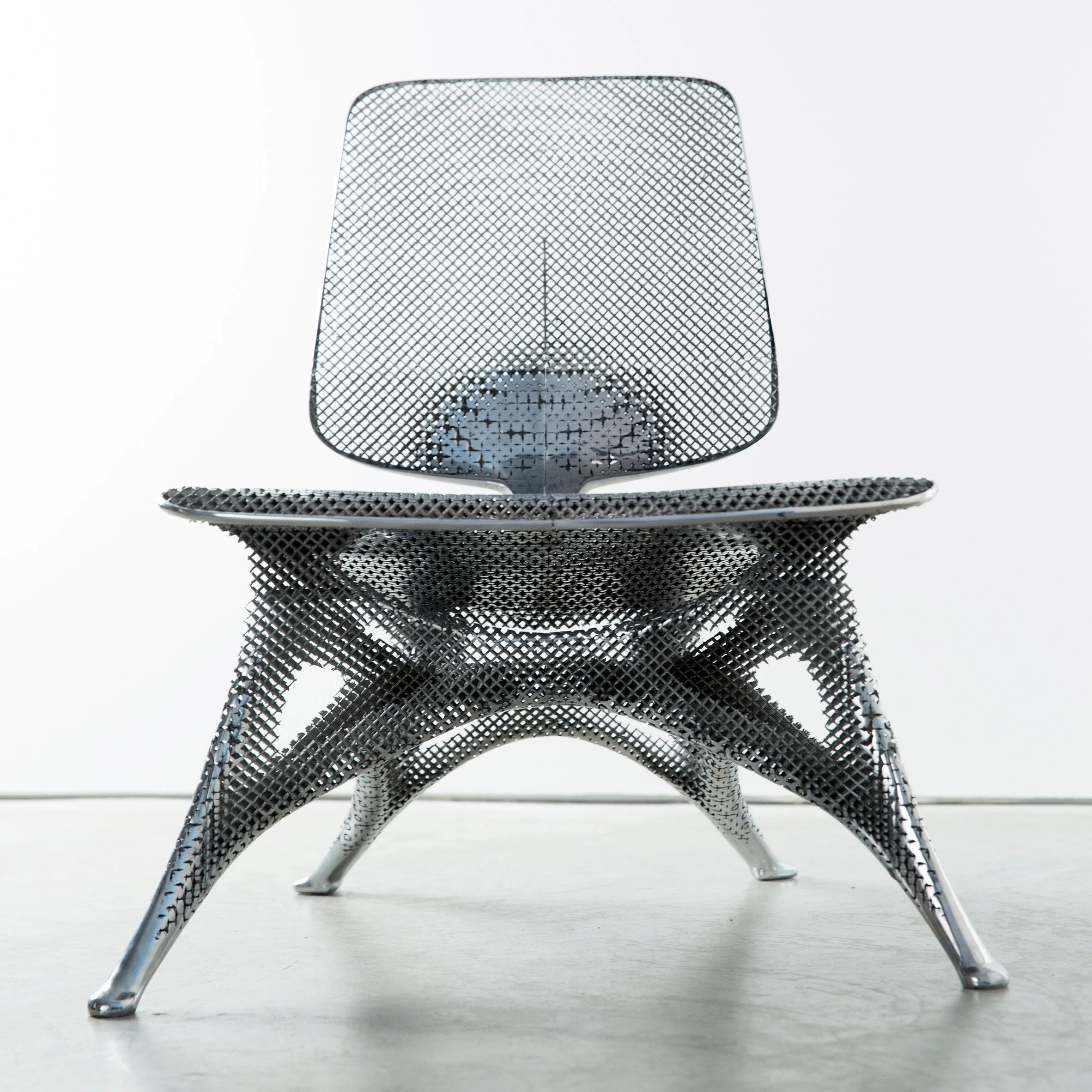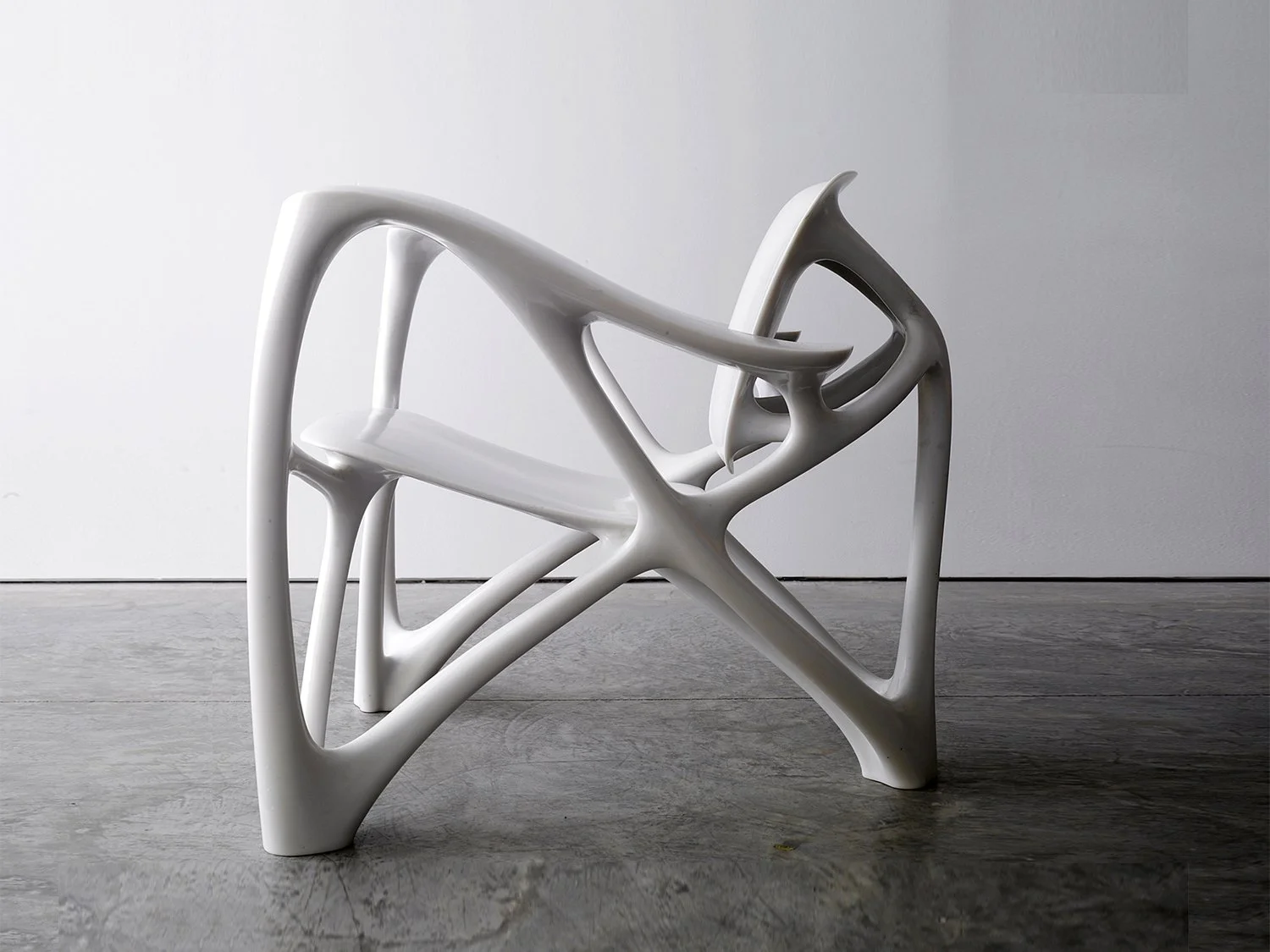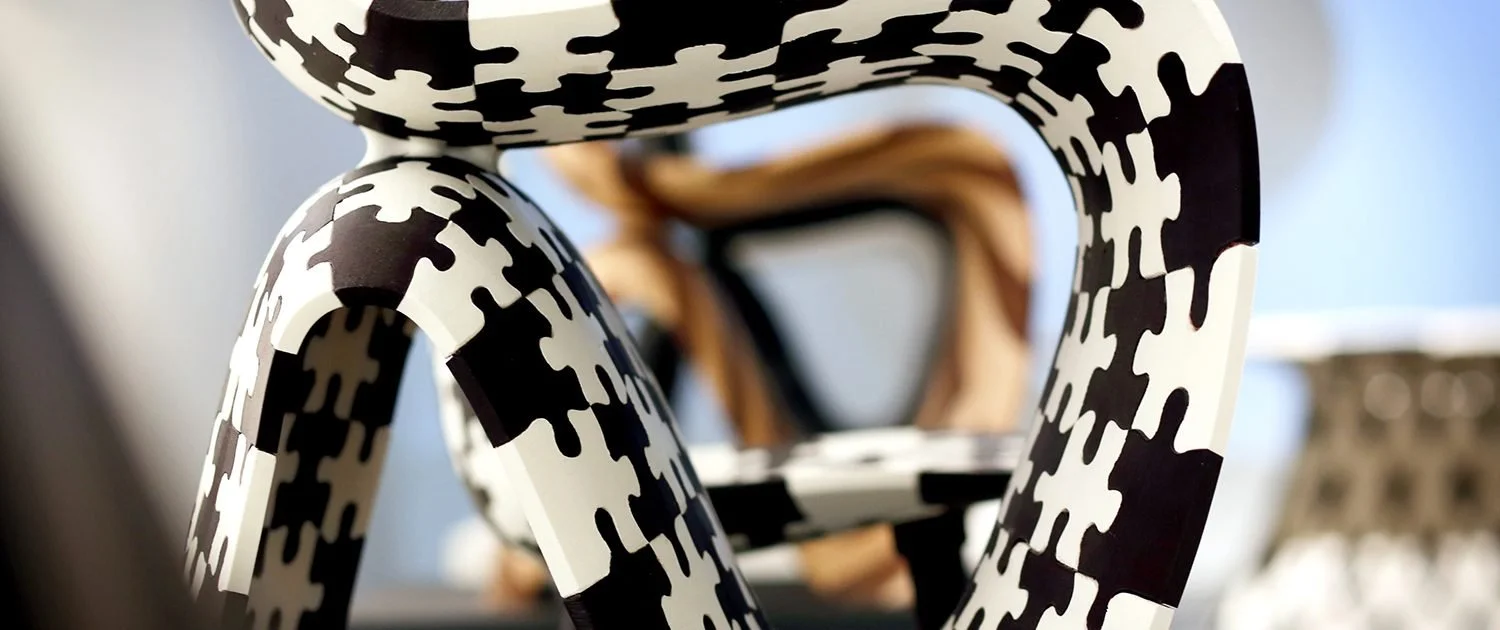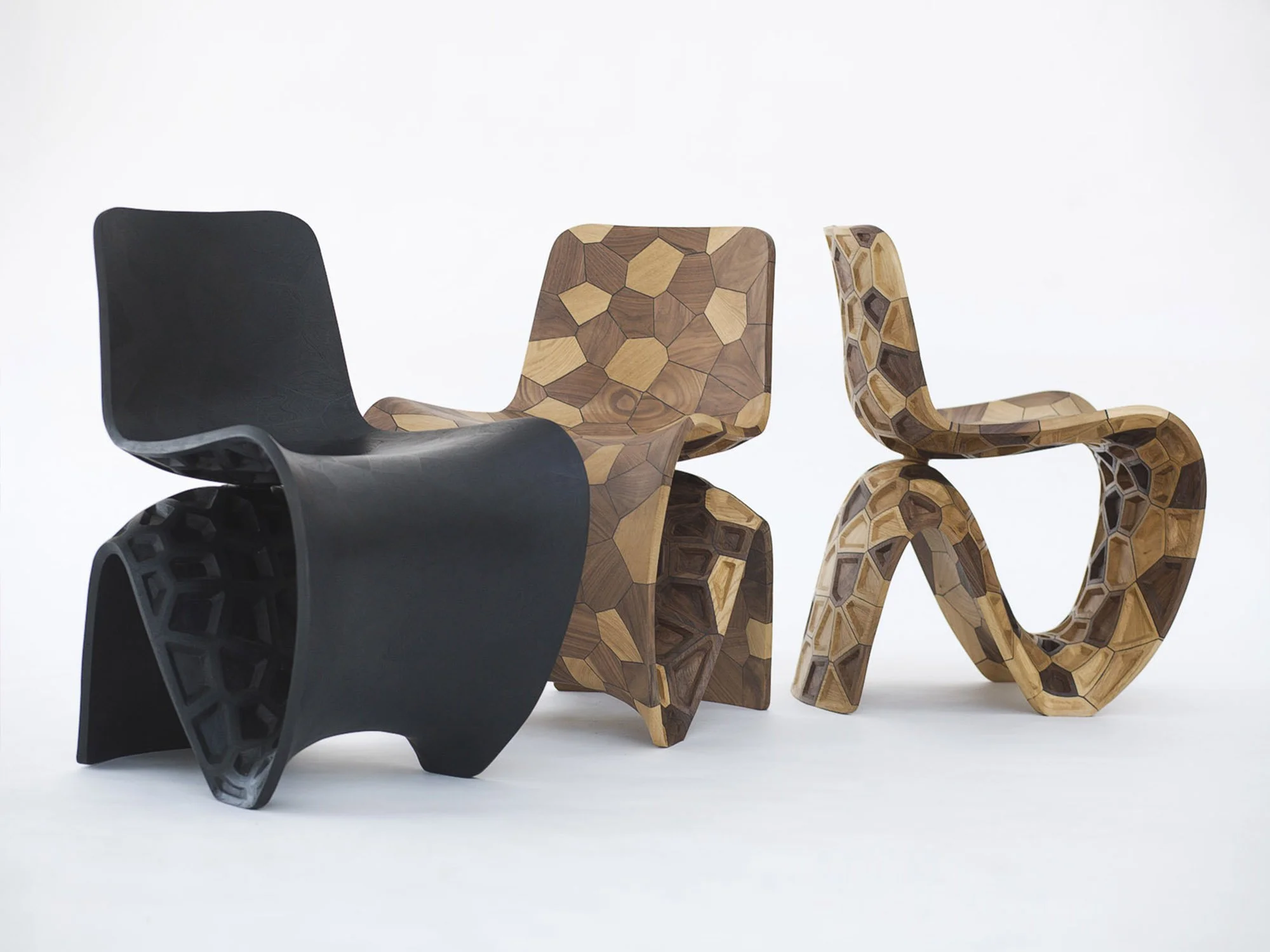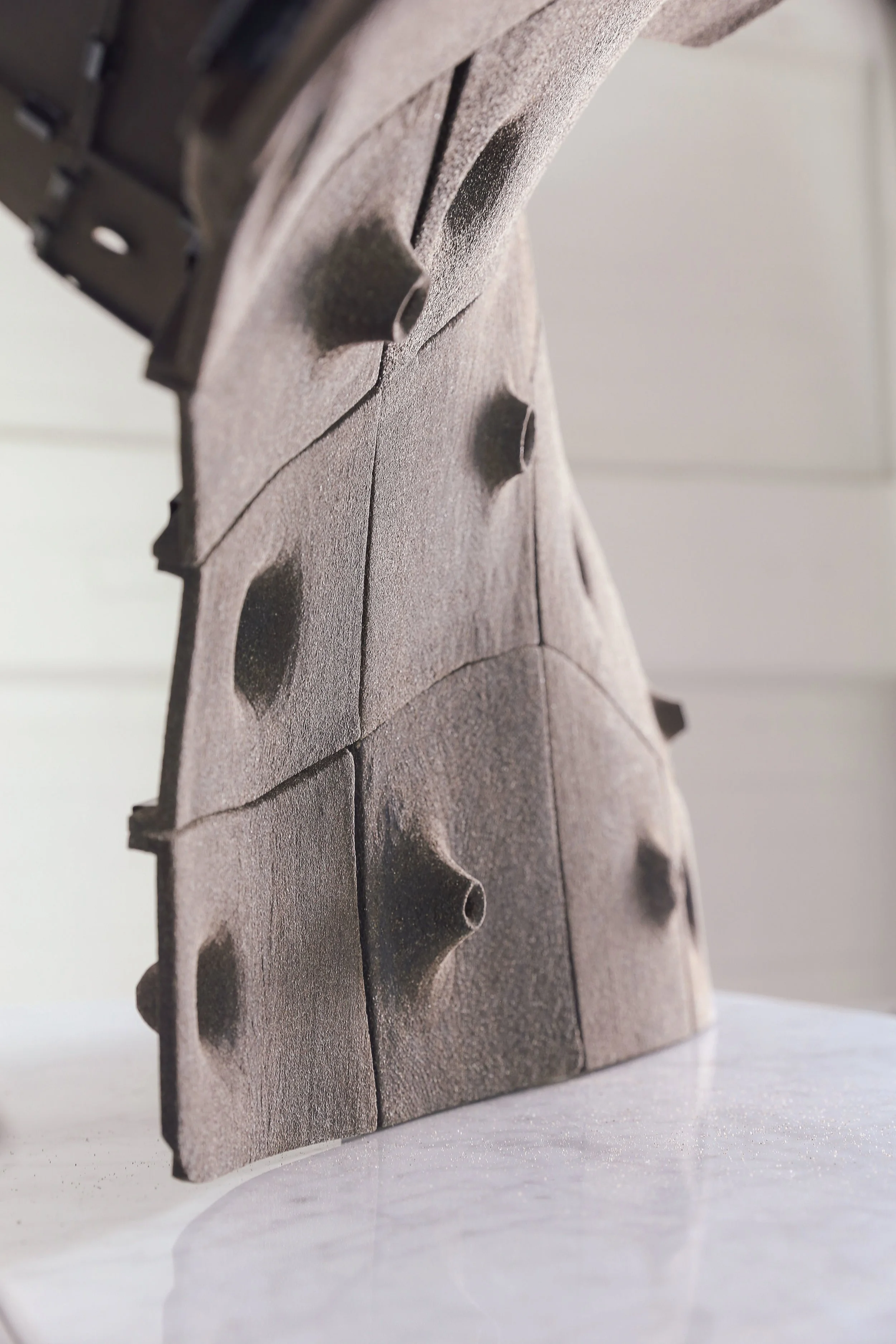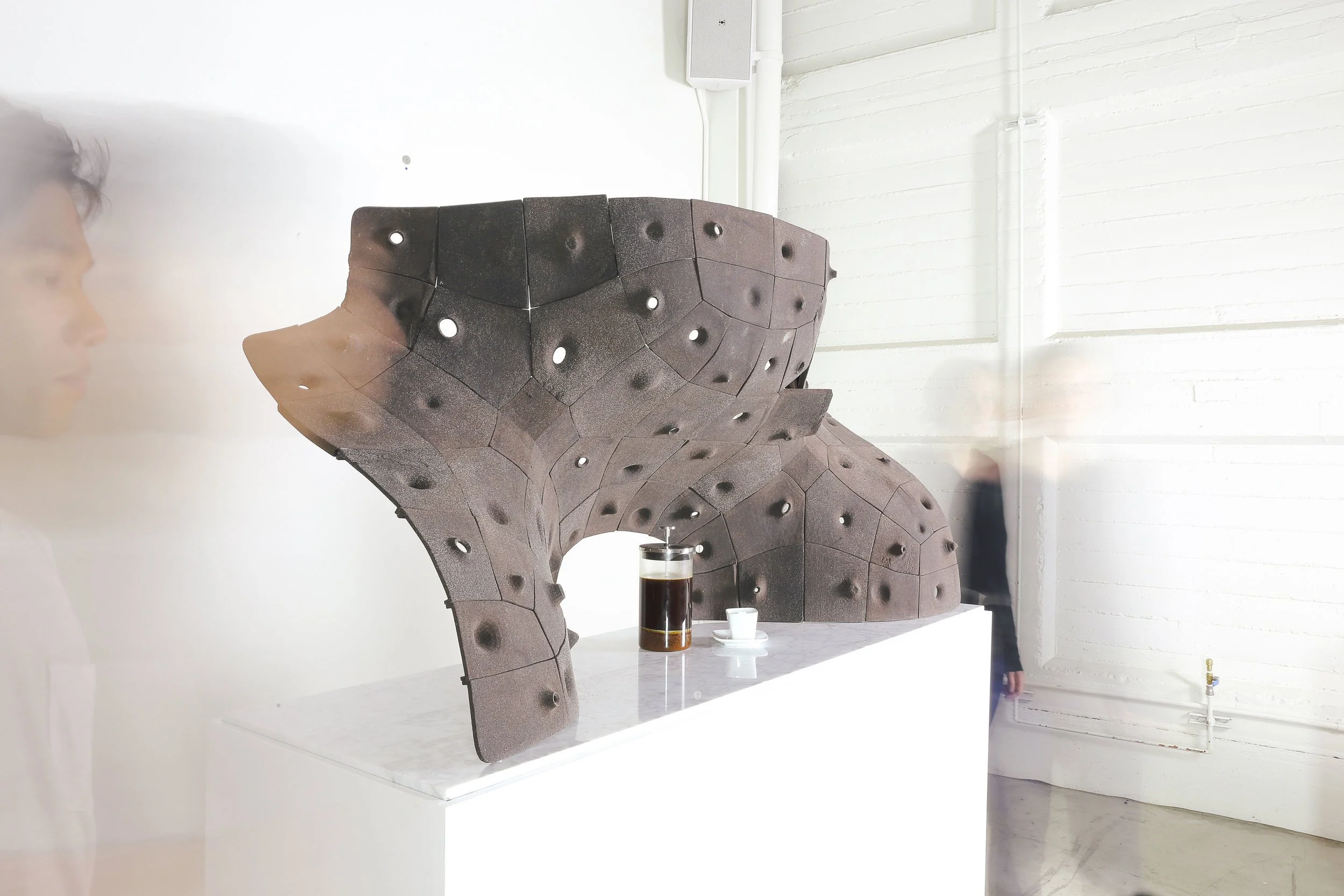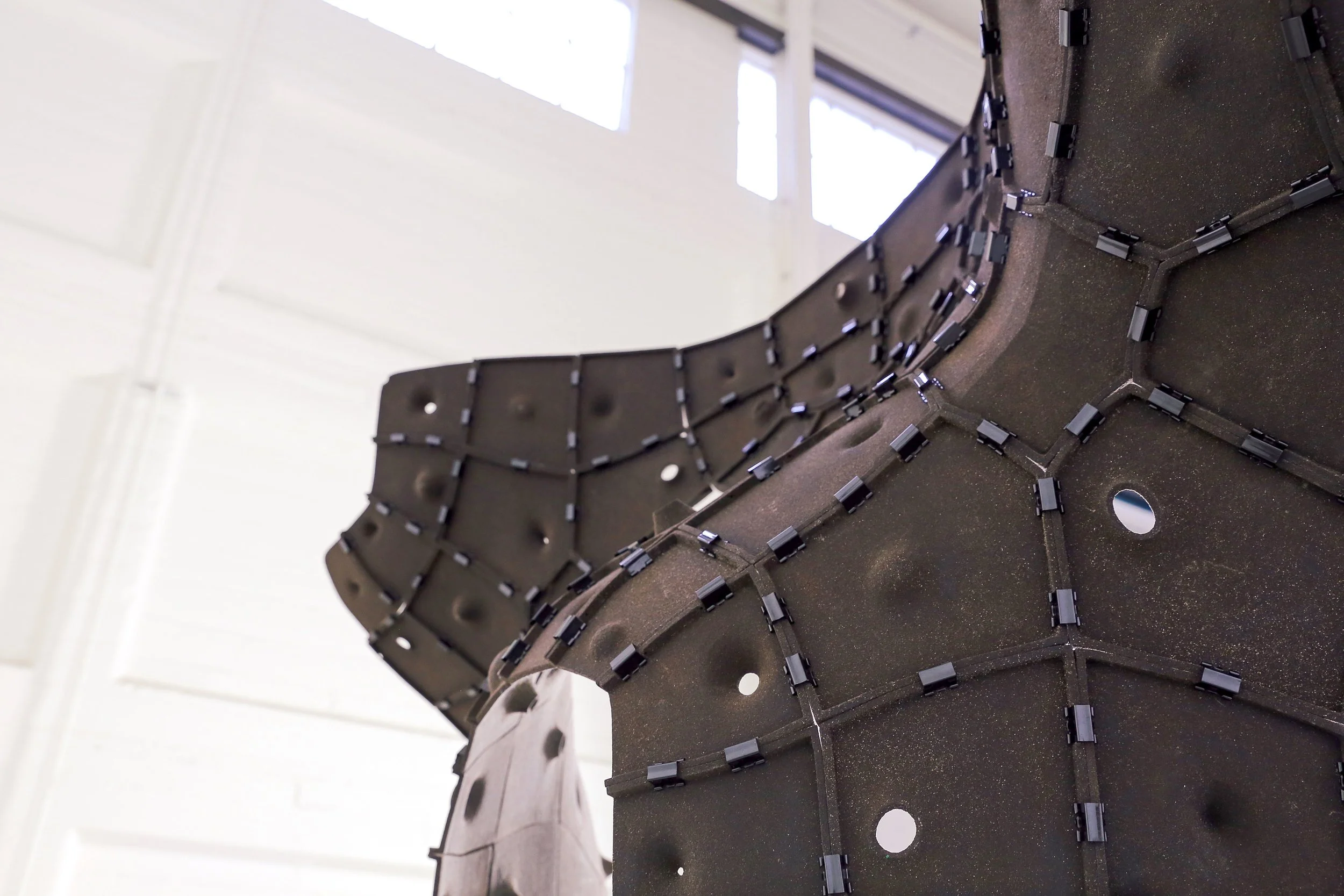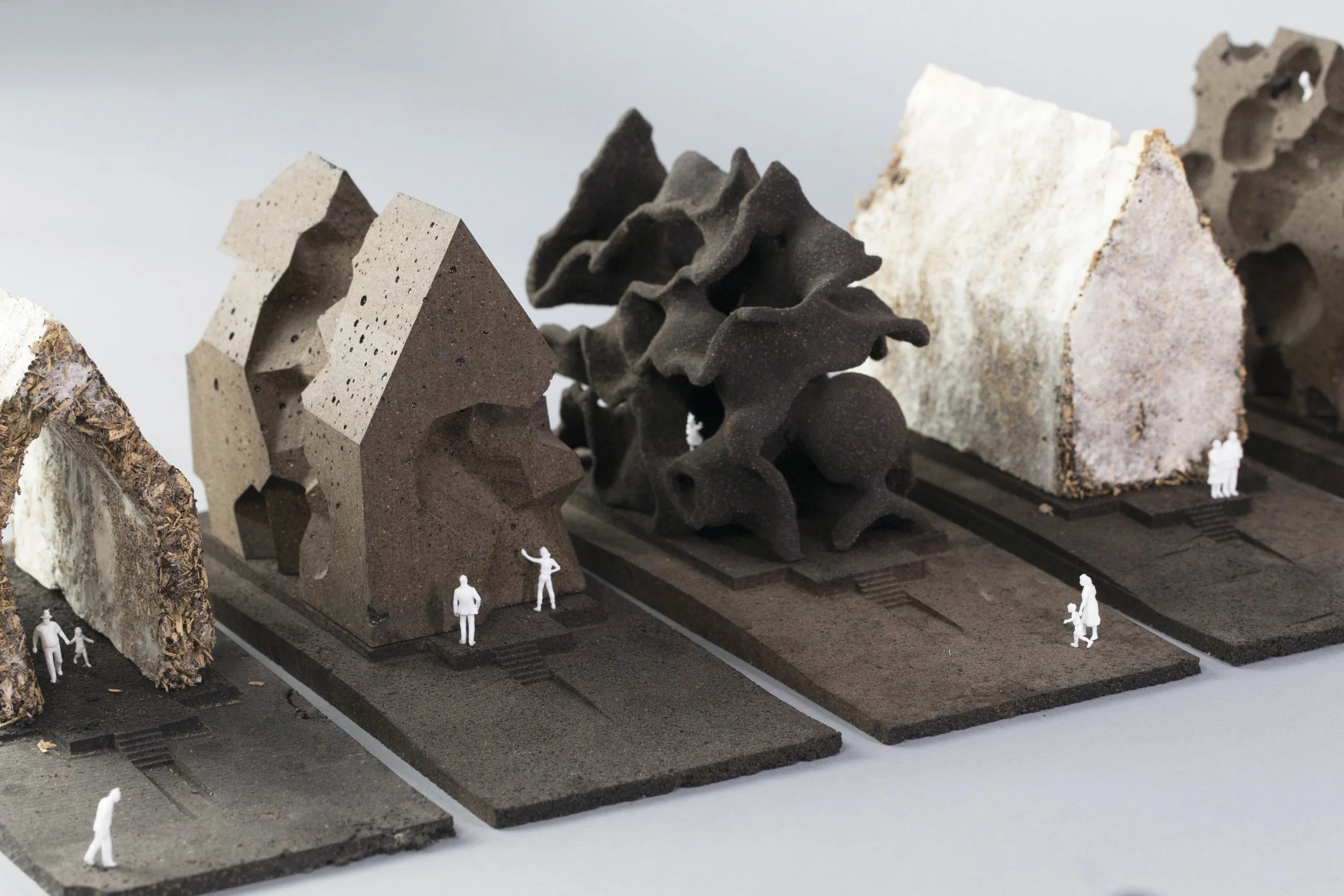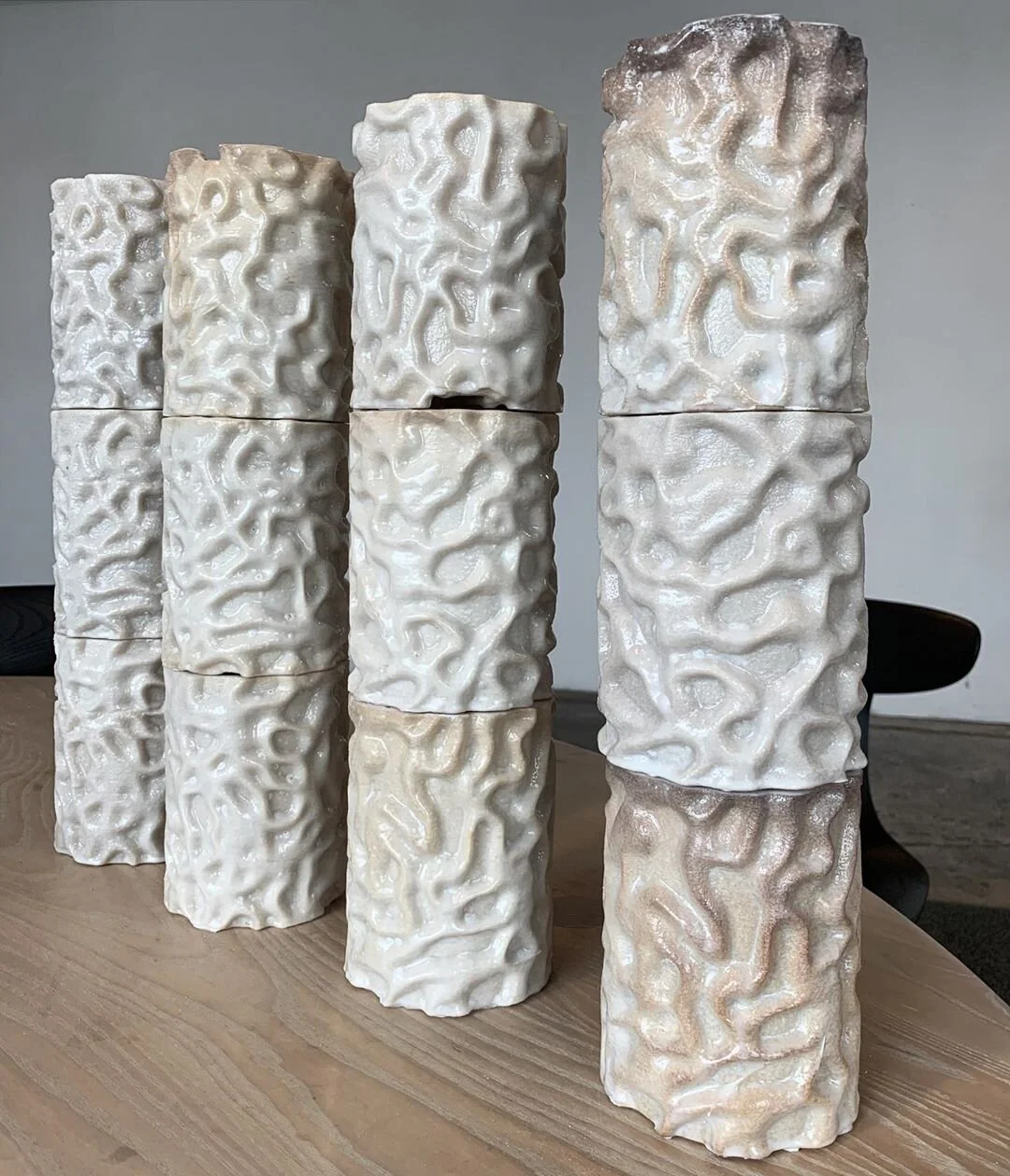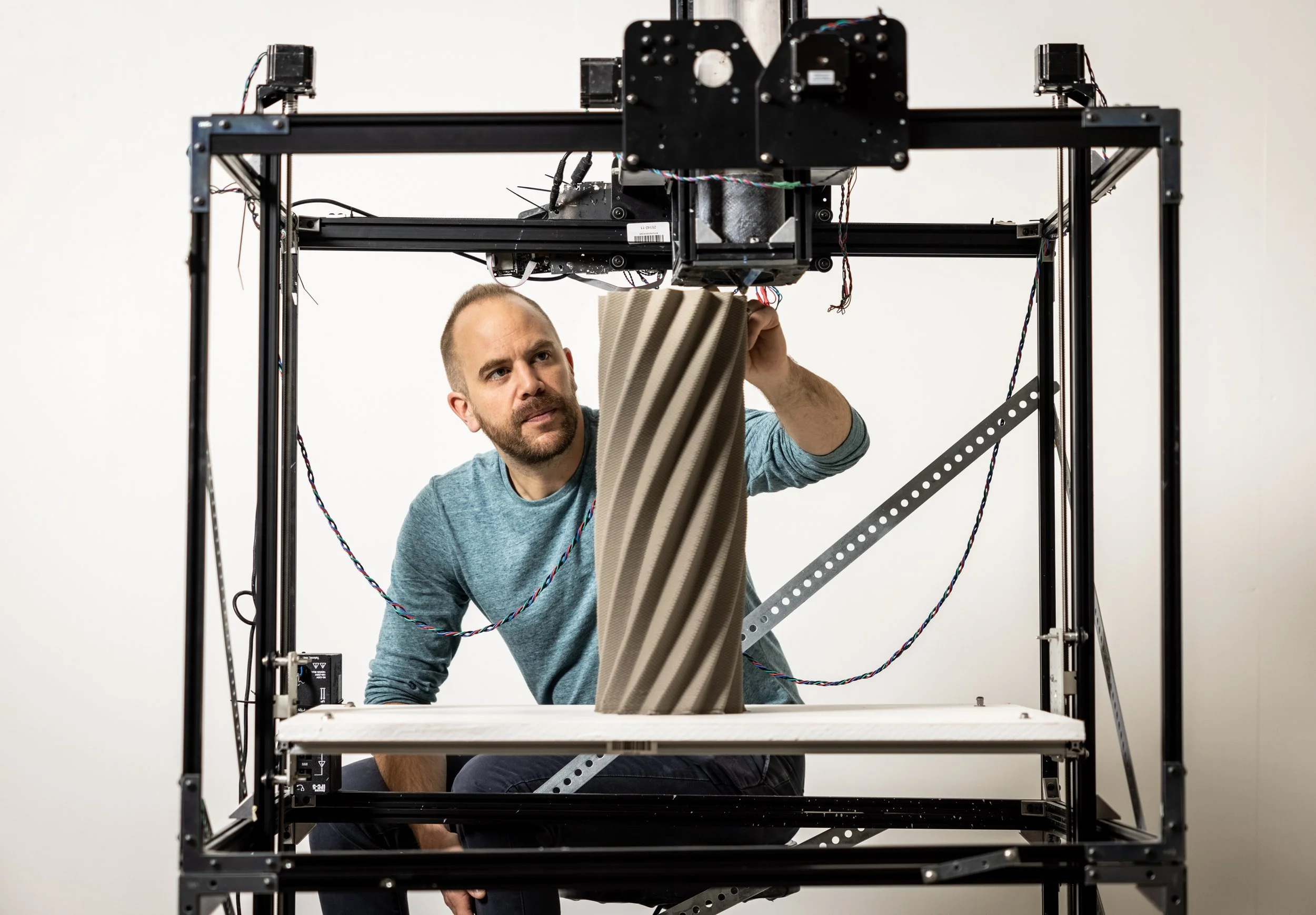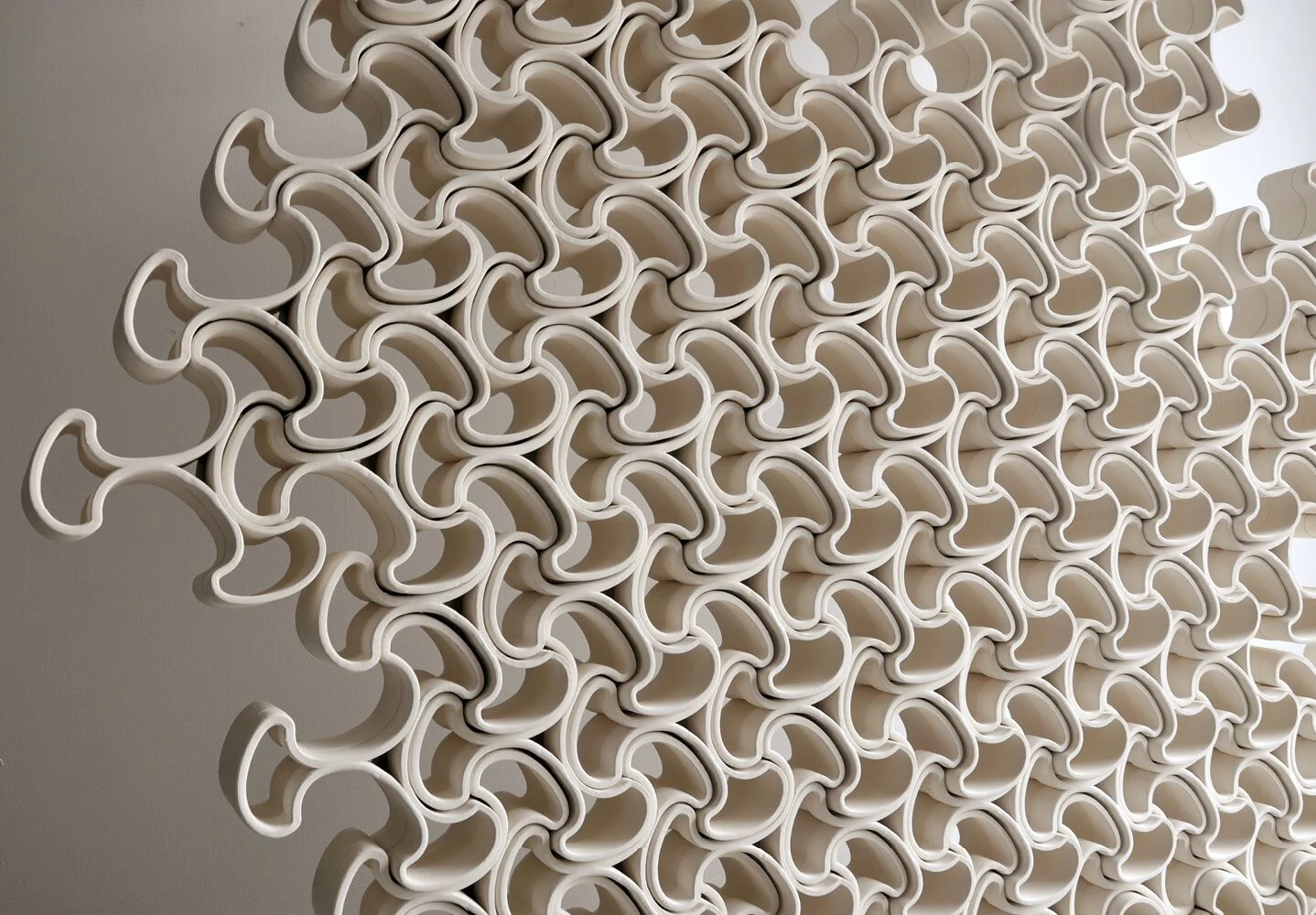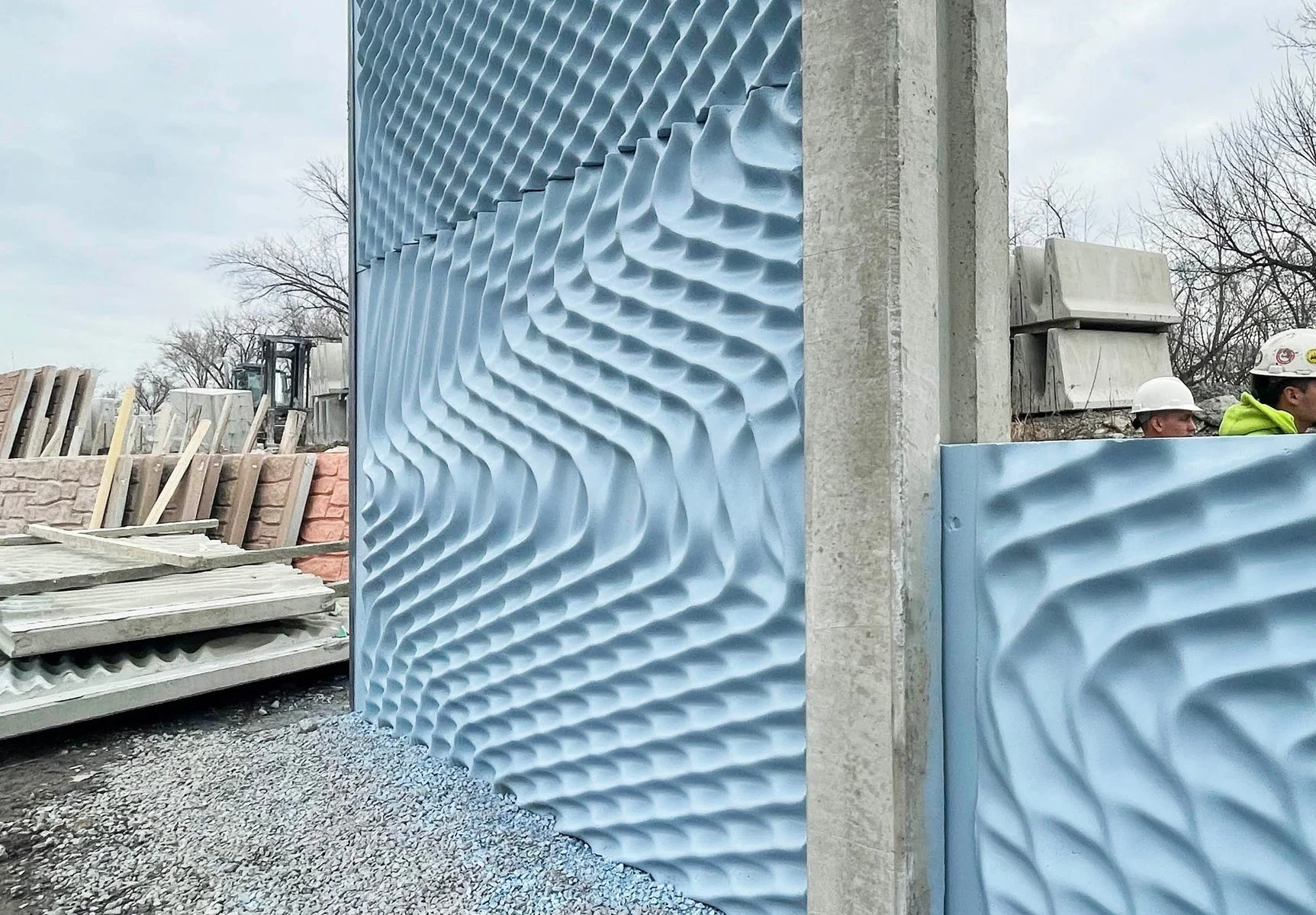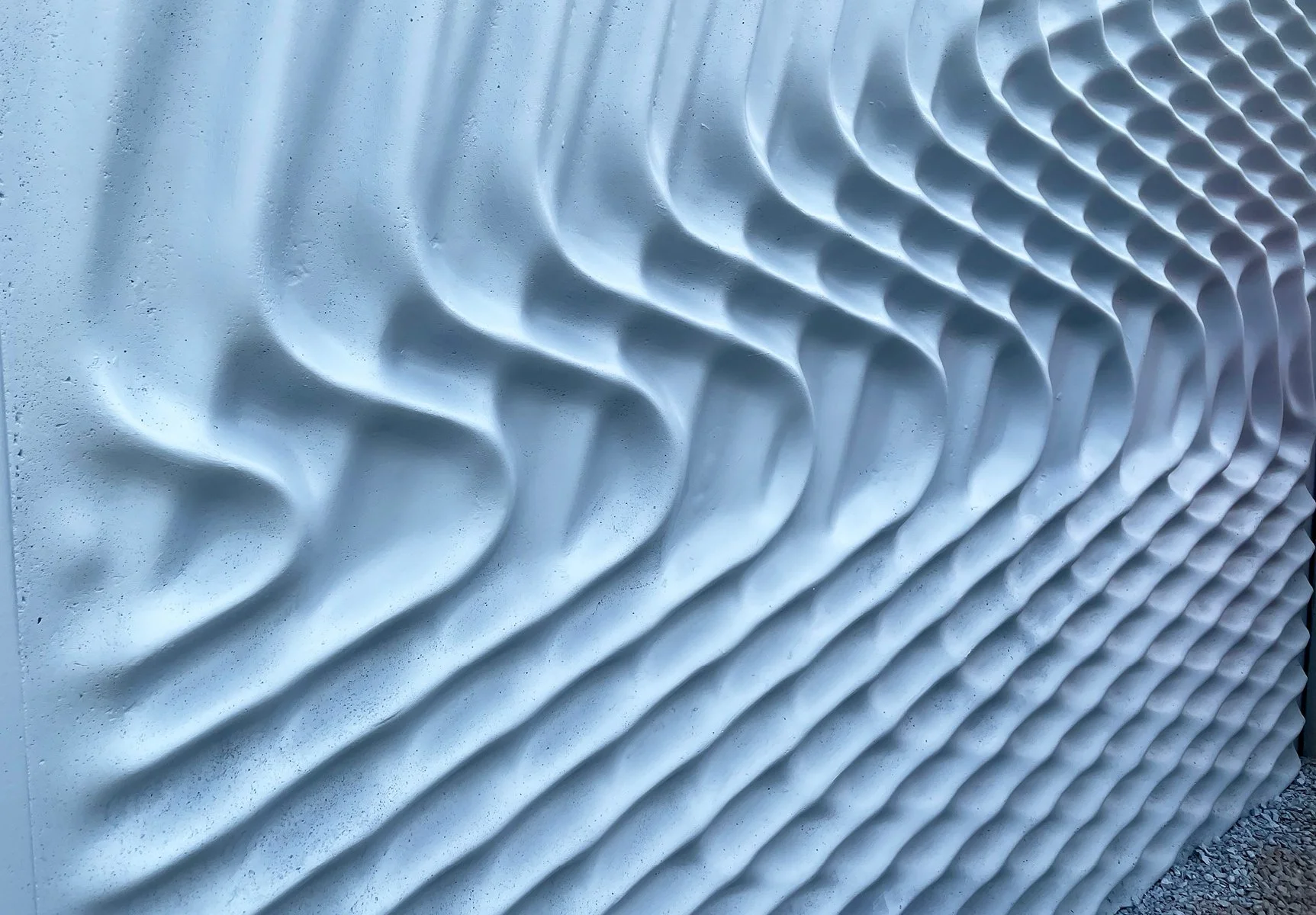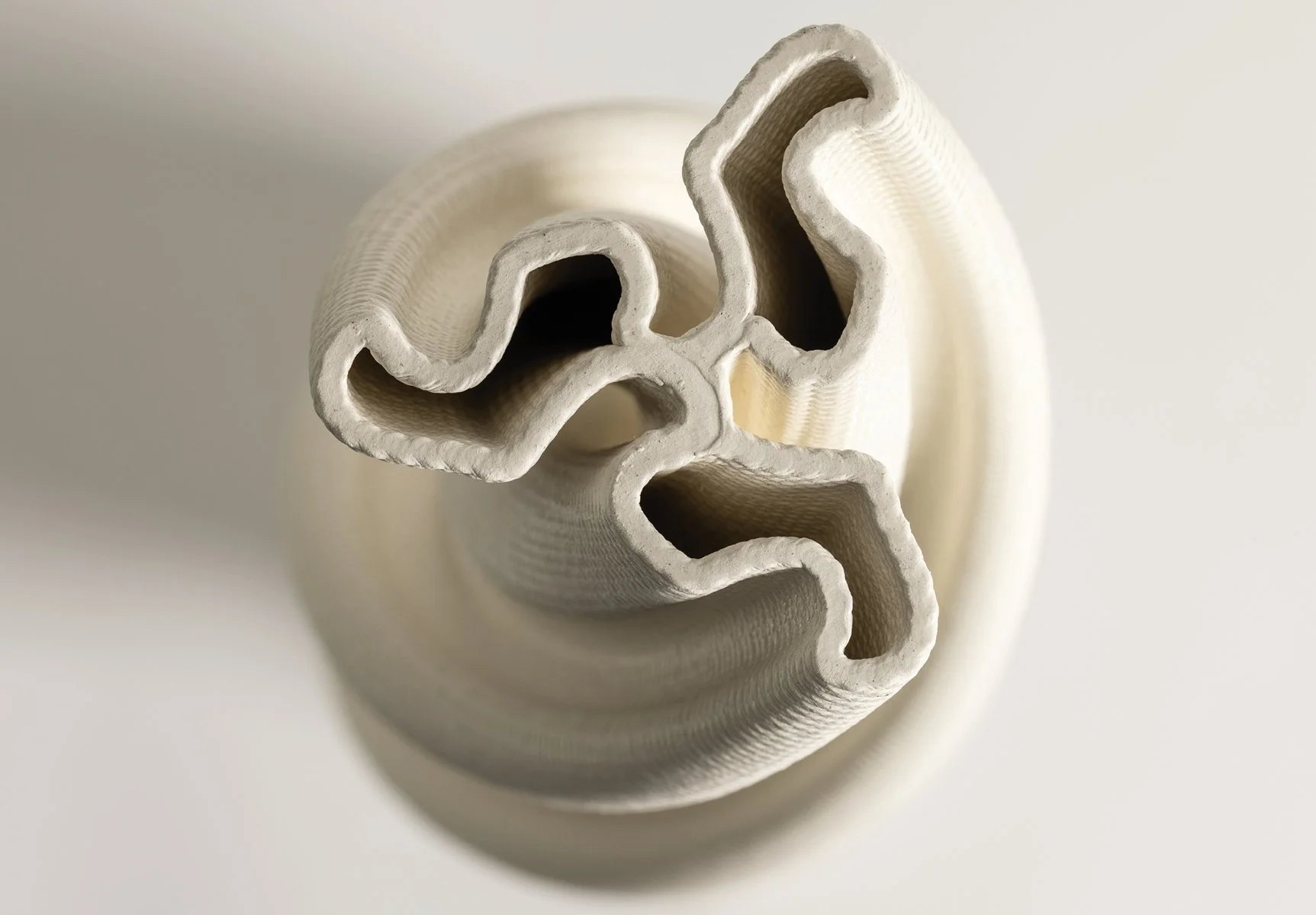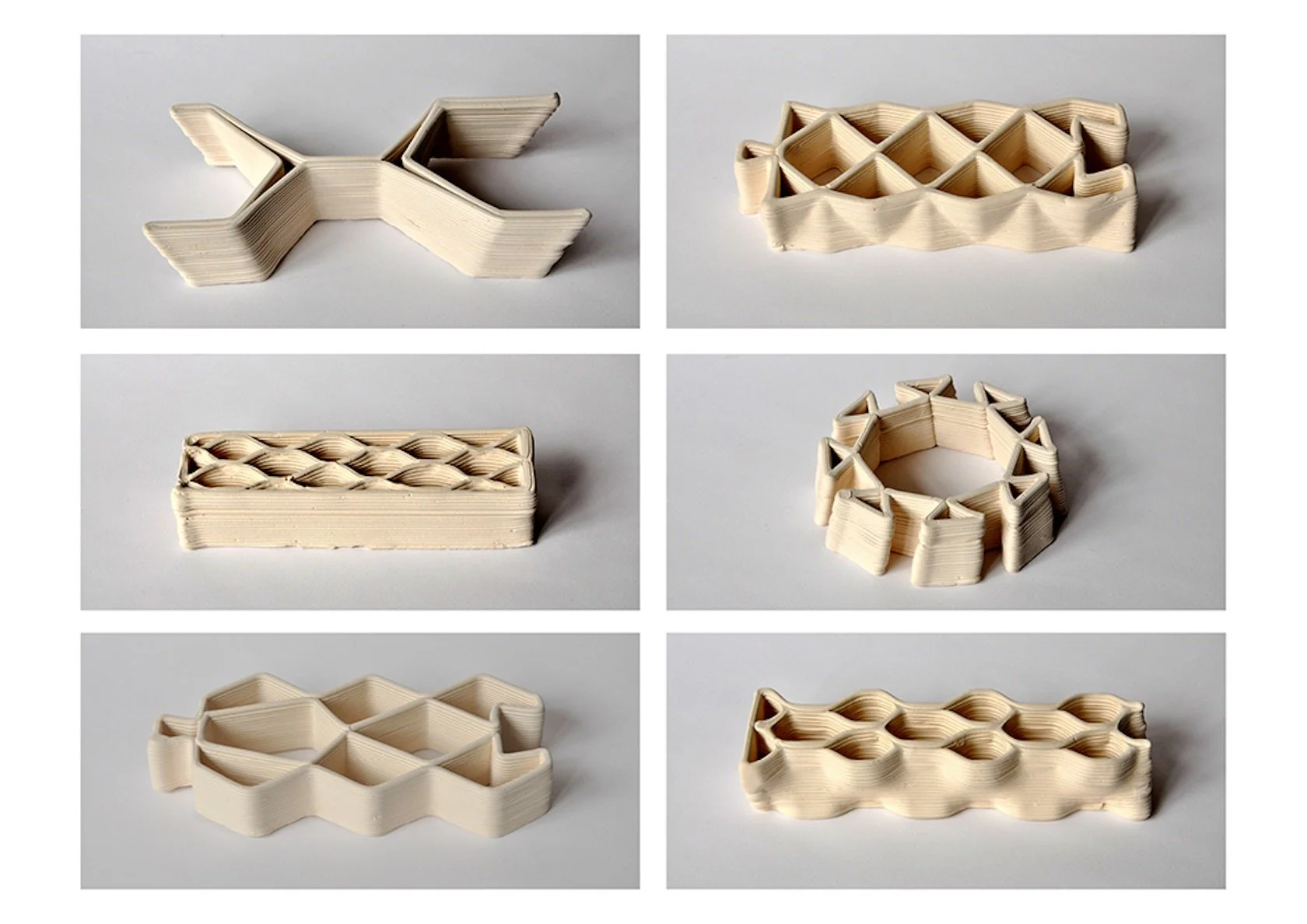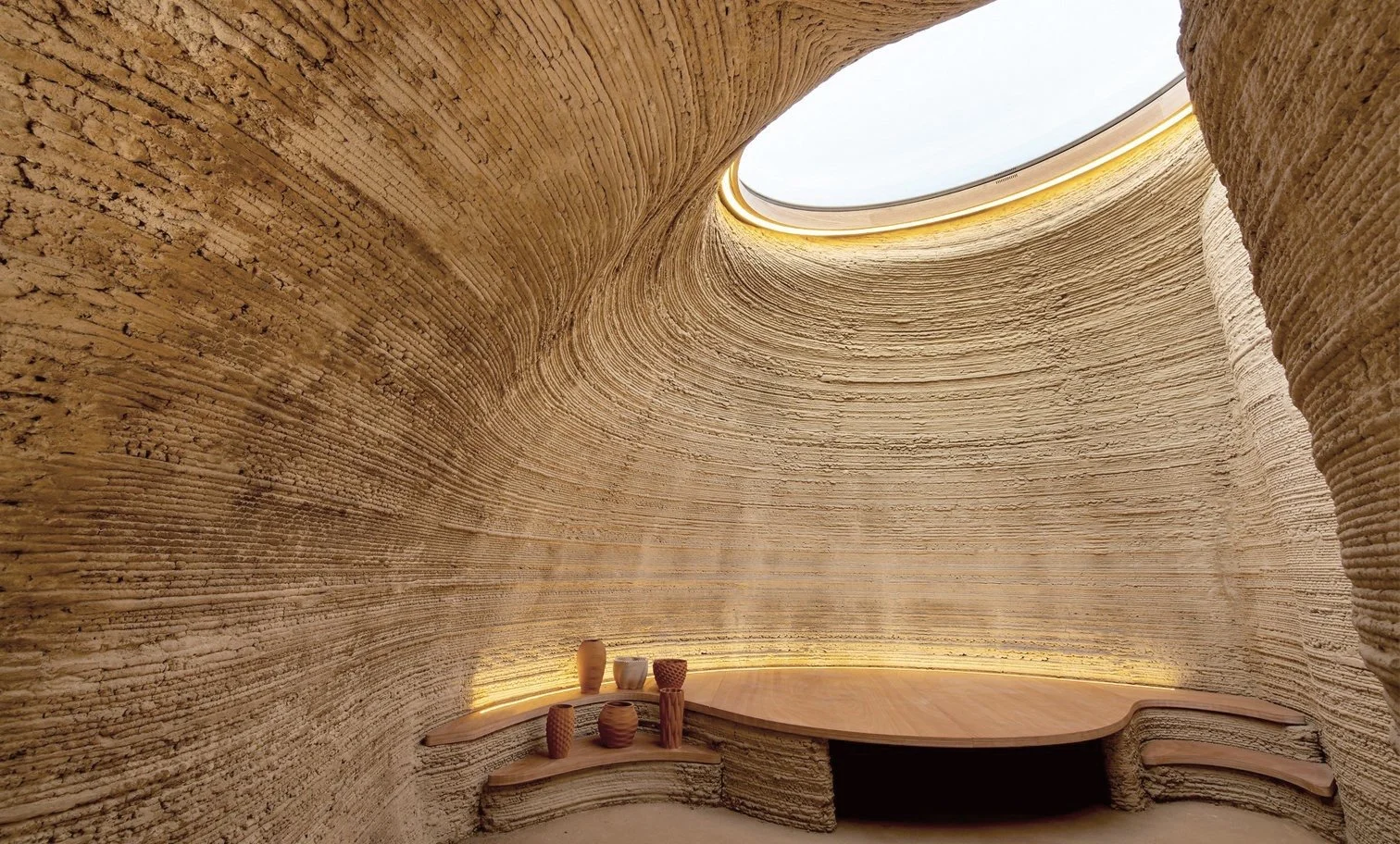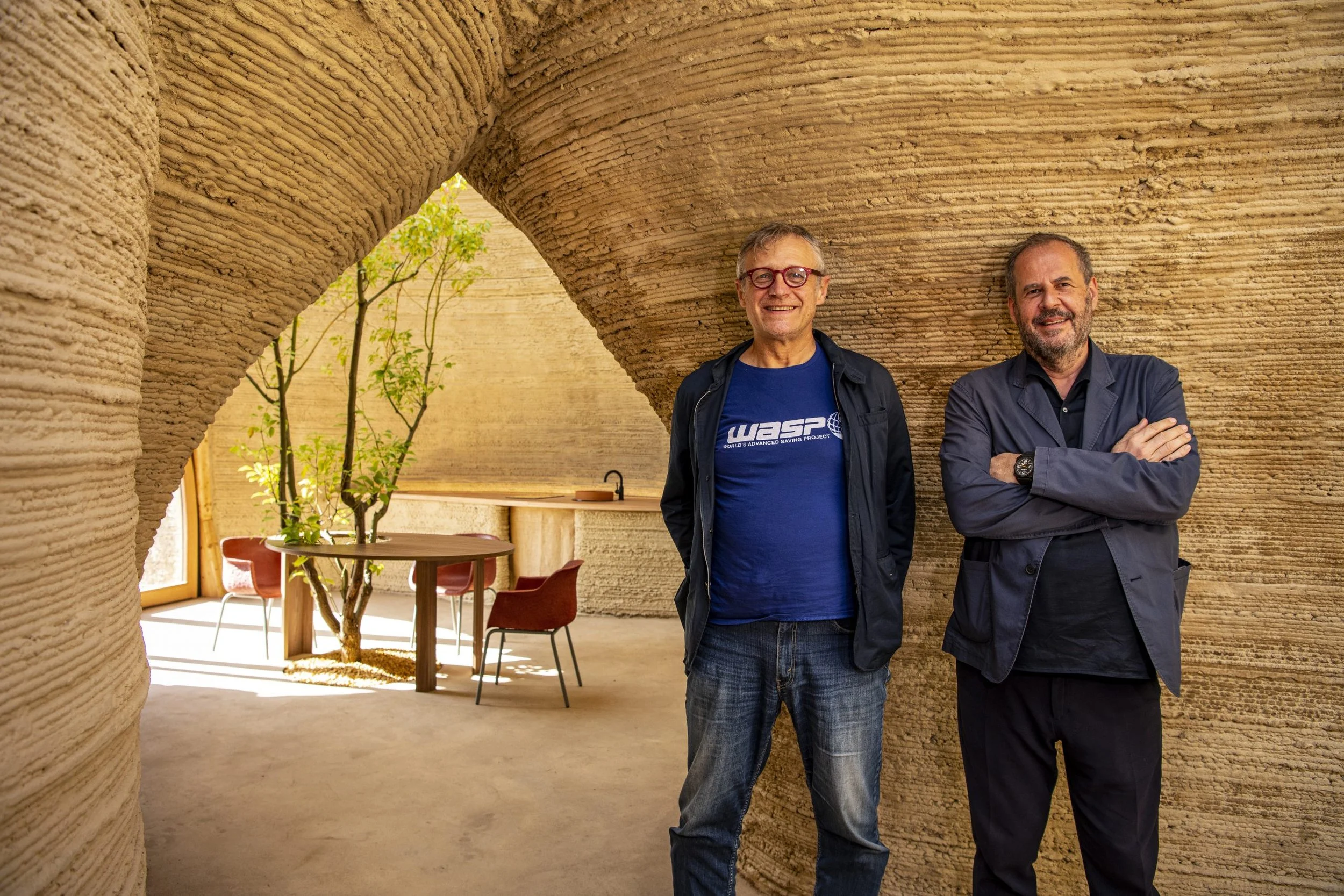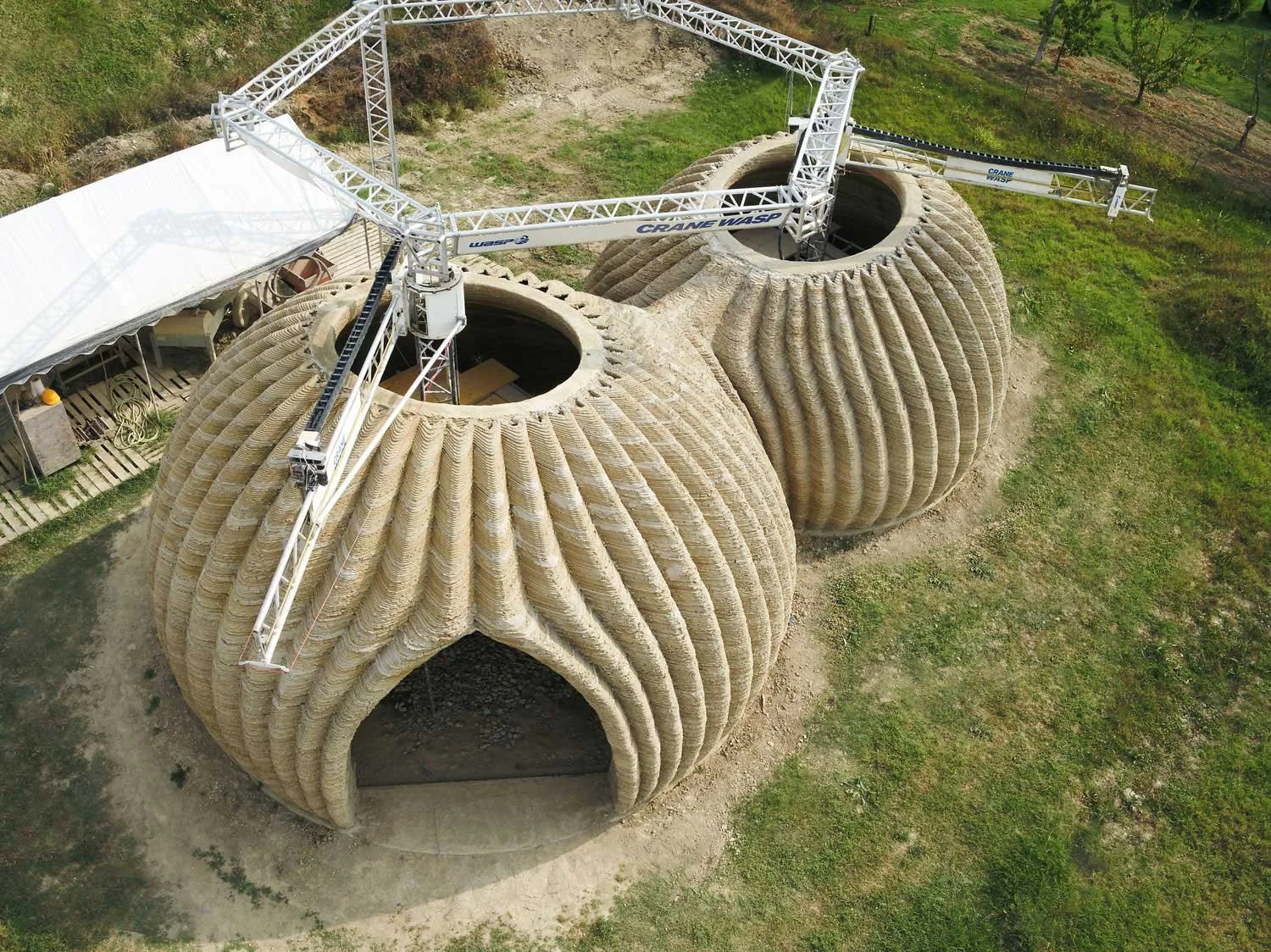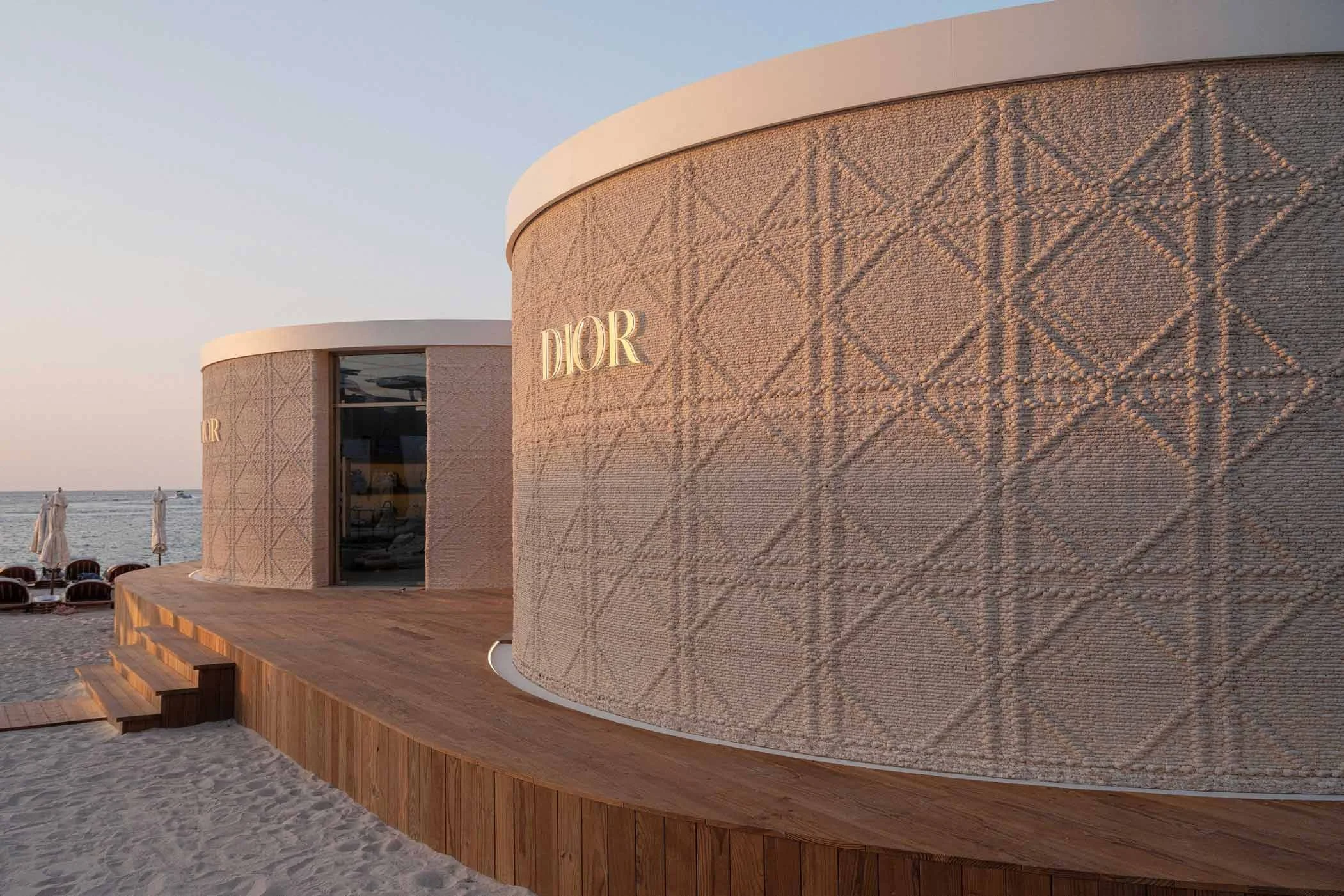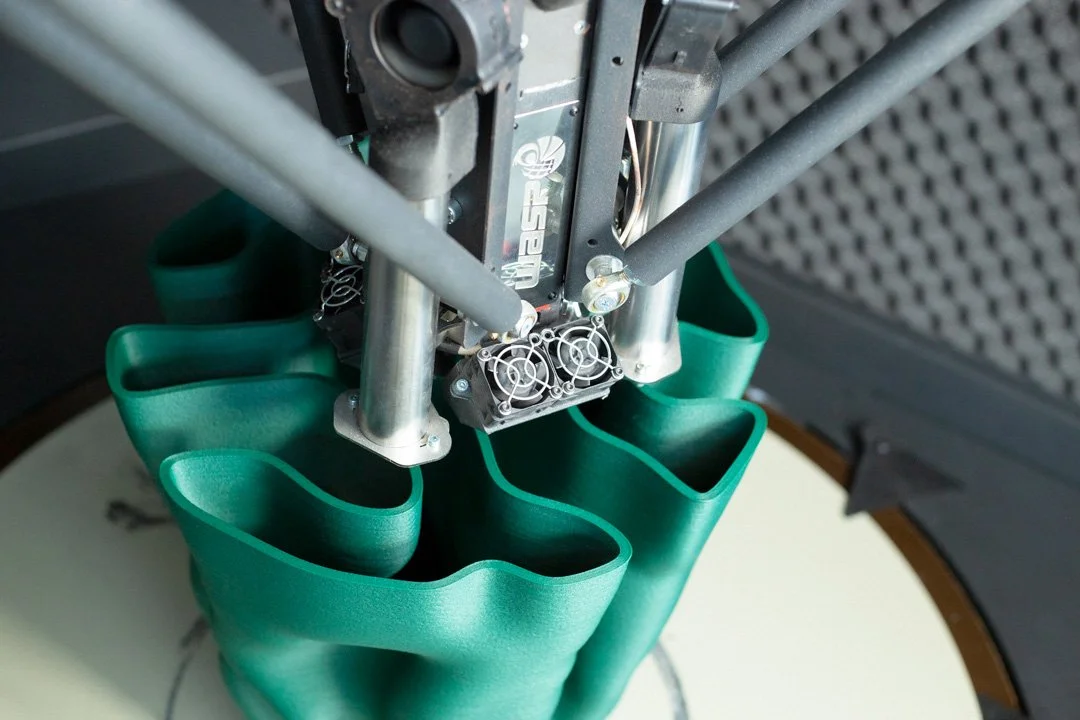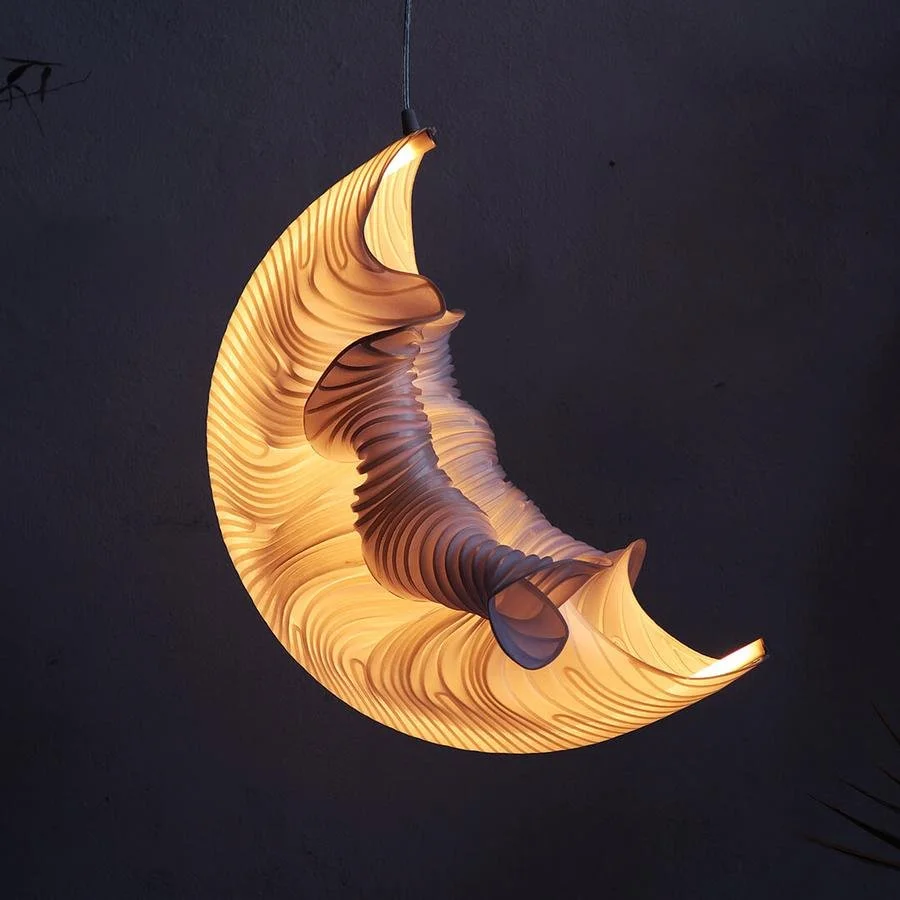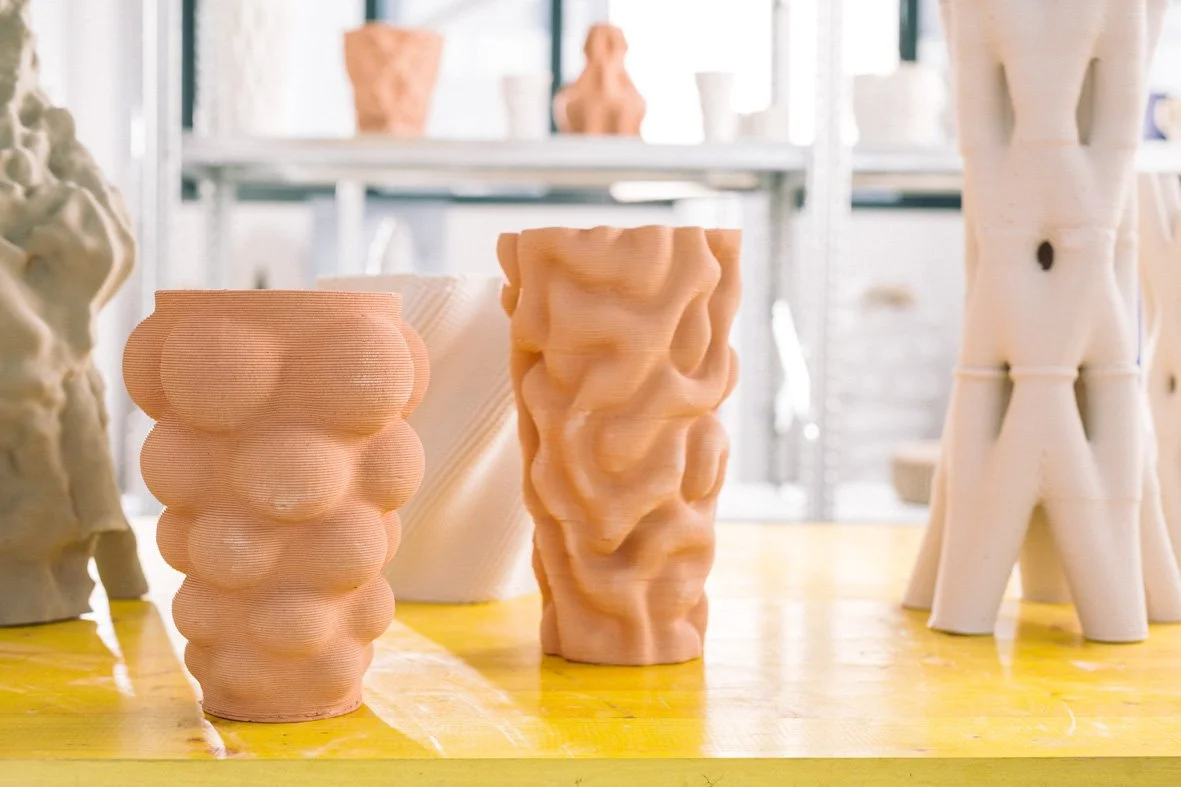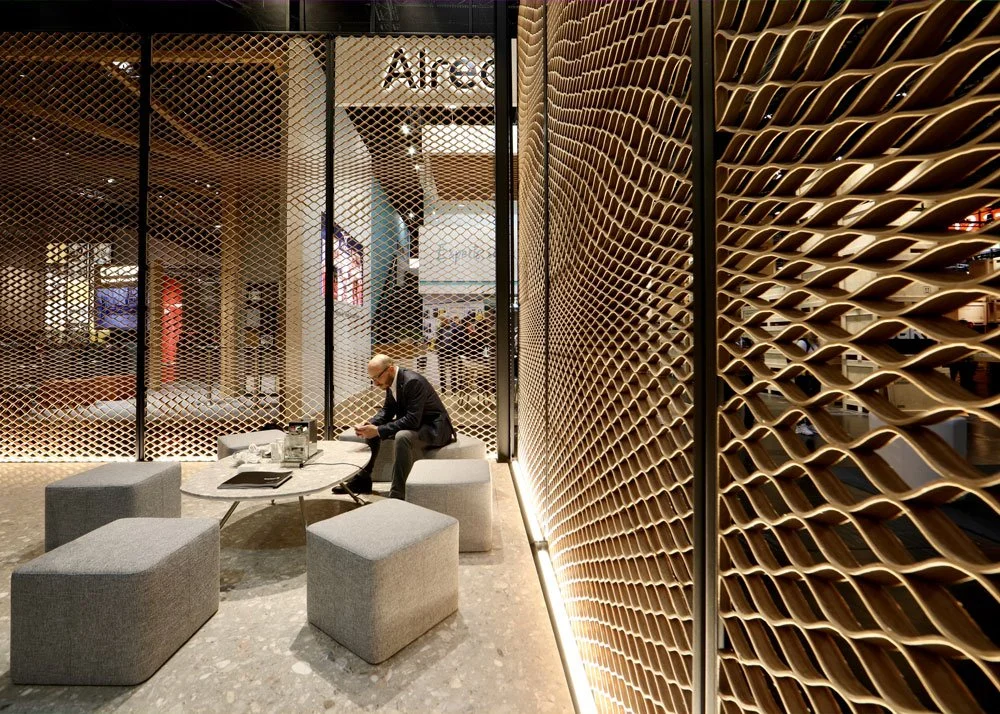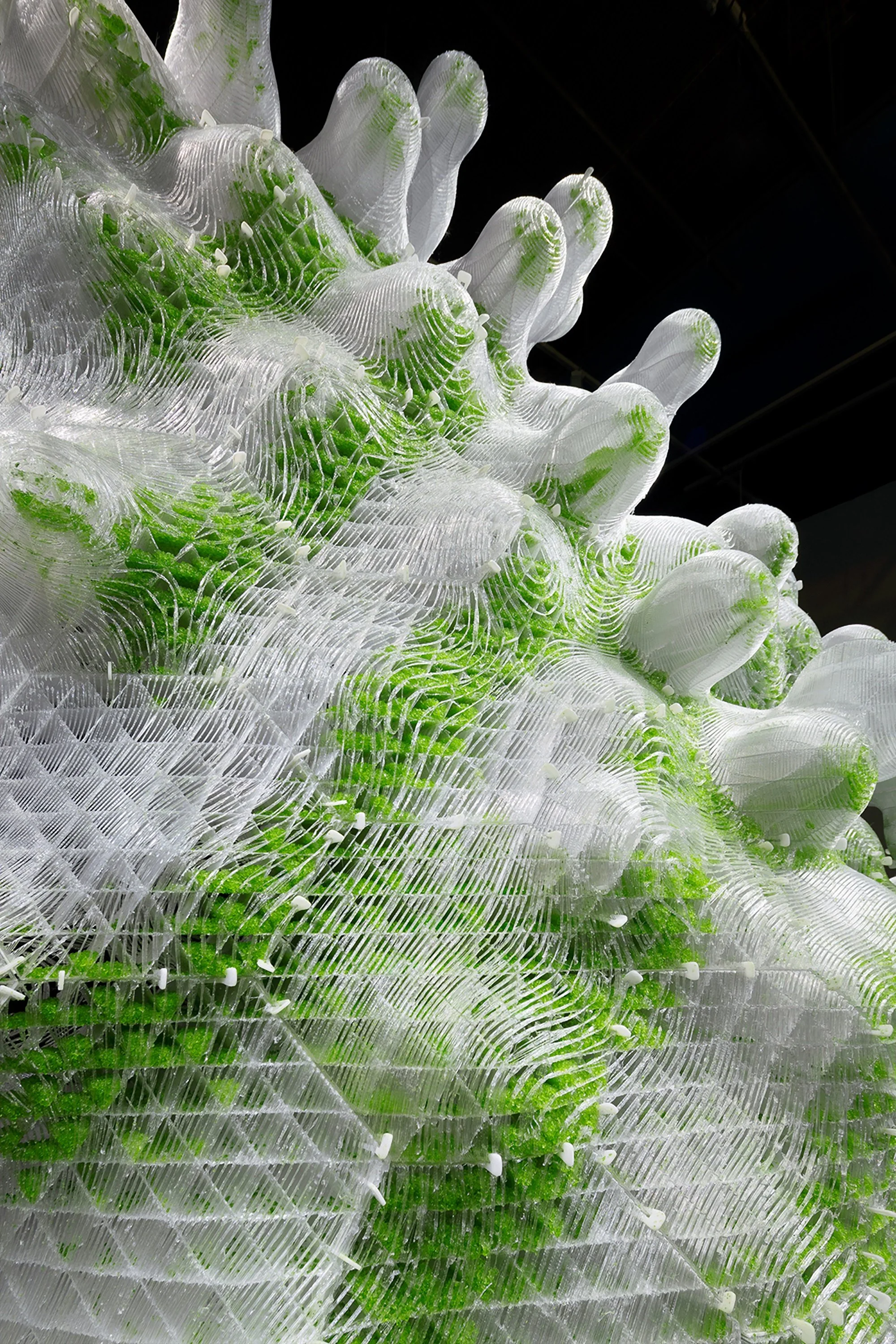 Image 1 of 19
Image 1 of 19

 Image 2 of 19
Image 2 of 19

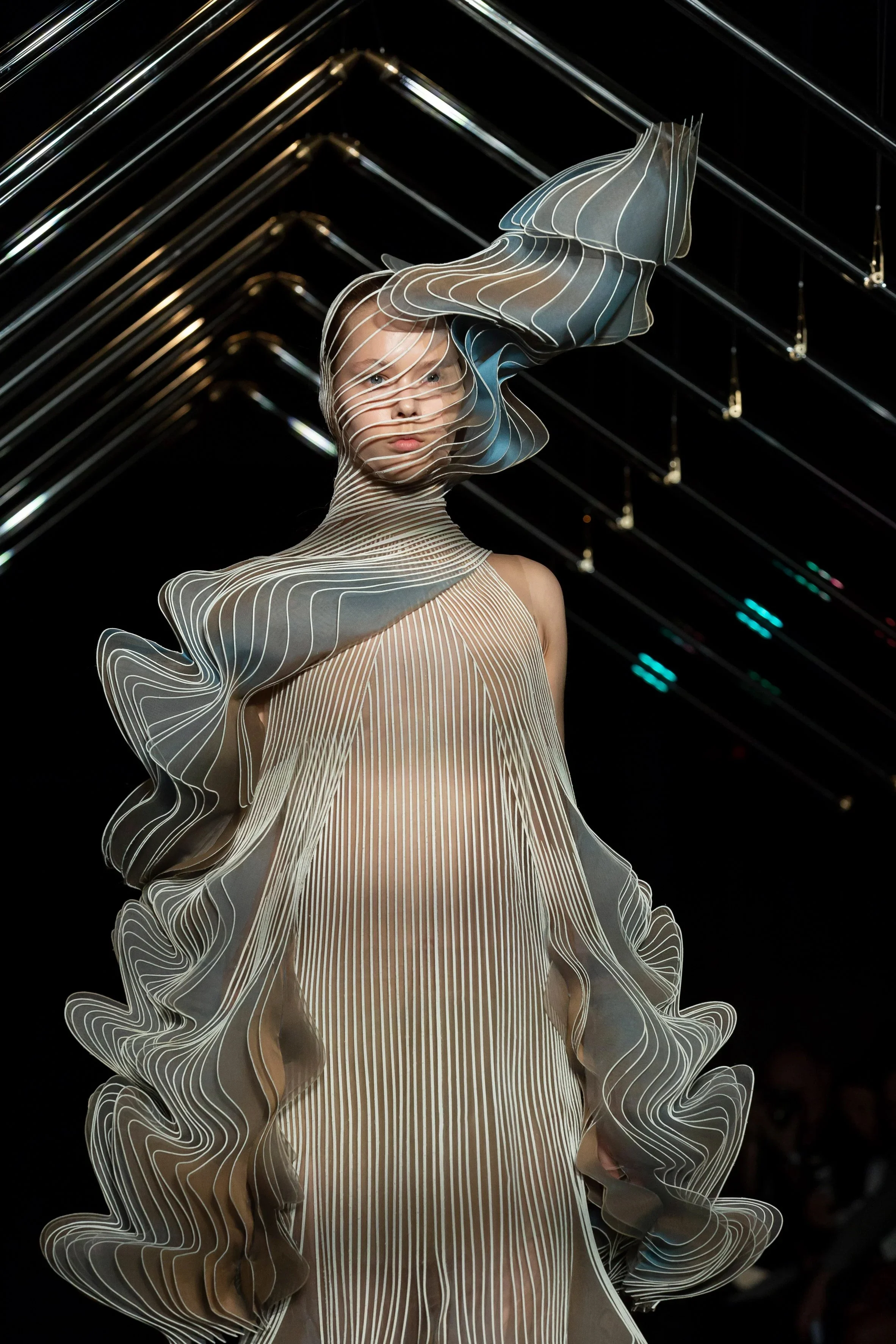 Image 3 of 19
Image 3 of 19

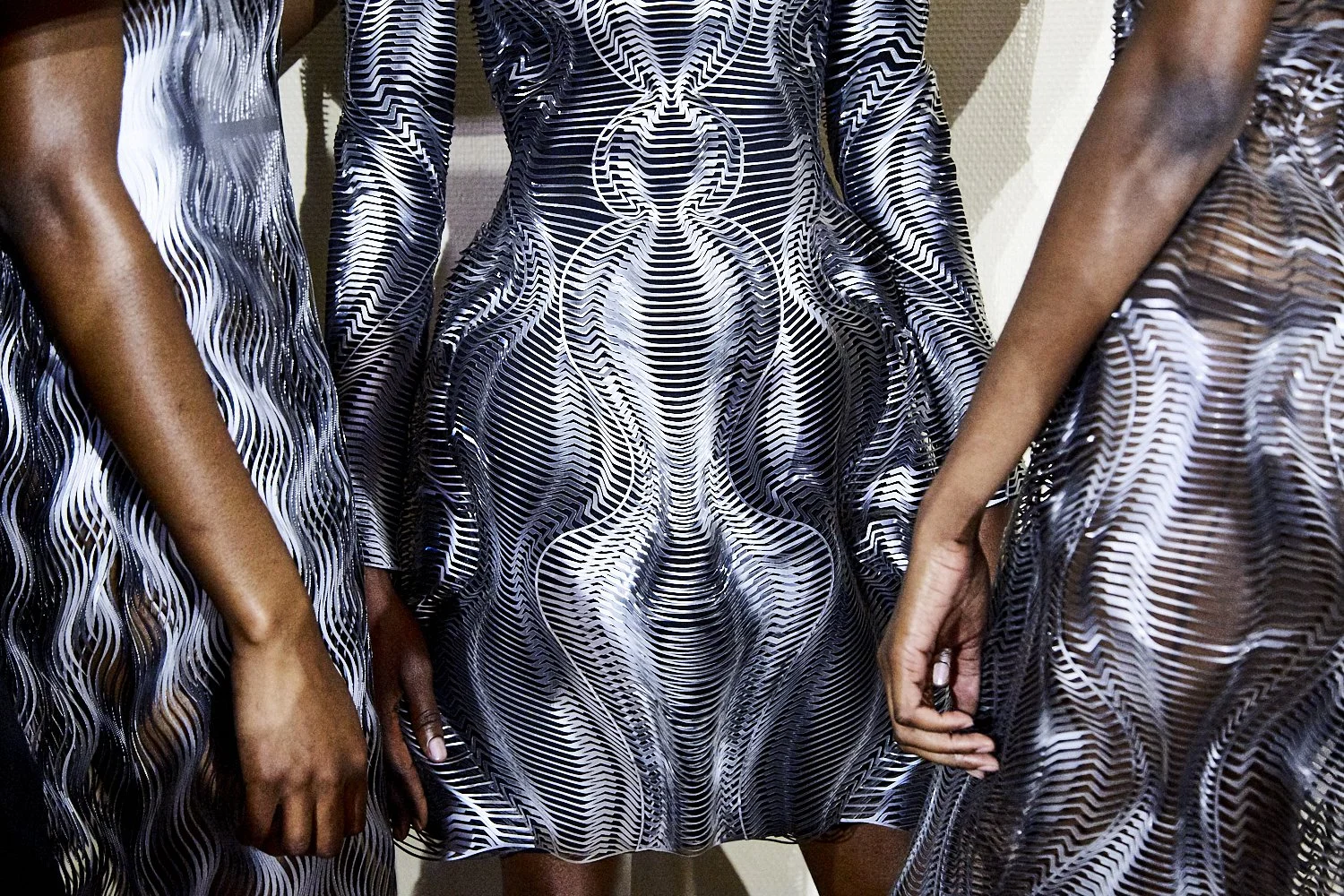 Image 4 of 19
Image 4 of 19

 Image 5 of 19
Image 5 of 19

 Image 6 of 19
Image 6 of 19

 Image 7 of 19
Image 7 of 19

 Image 8 of 19
Image 8 of 19

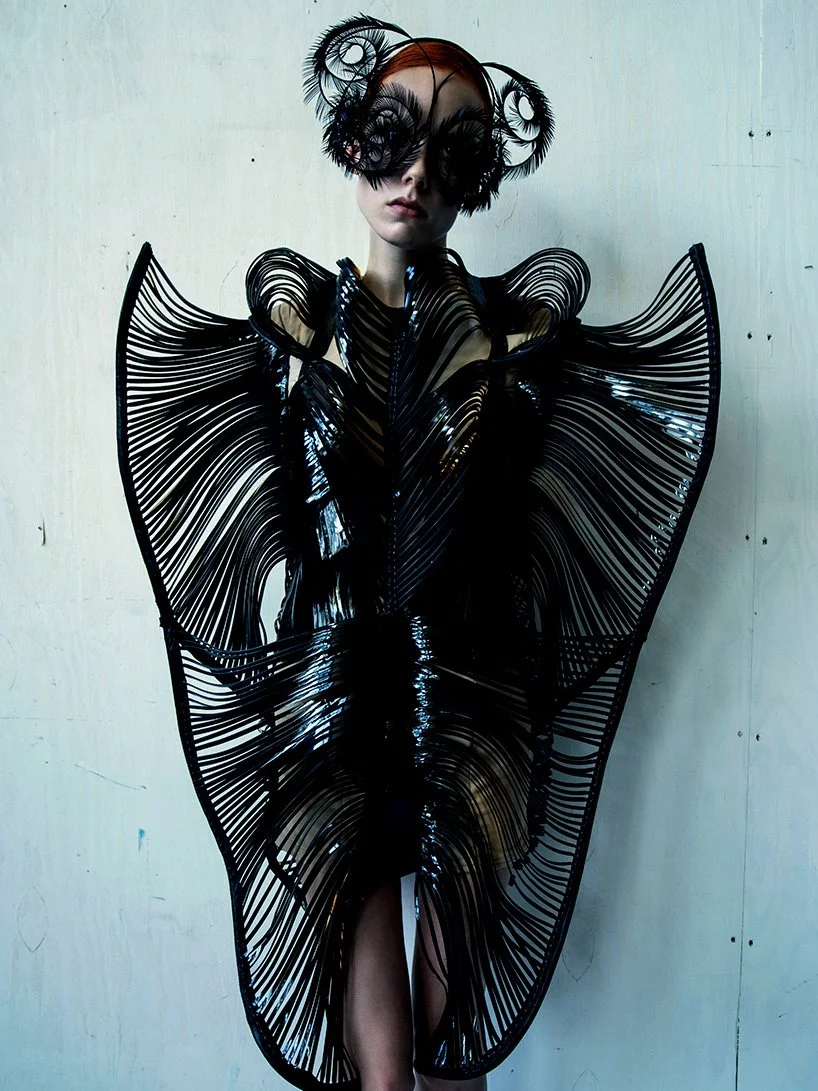 Image 9 of 19
Image 9 of 19

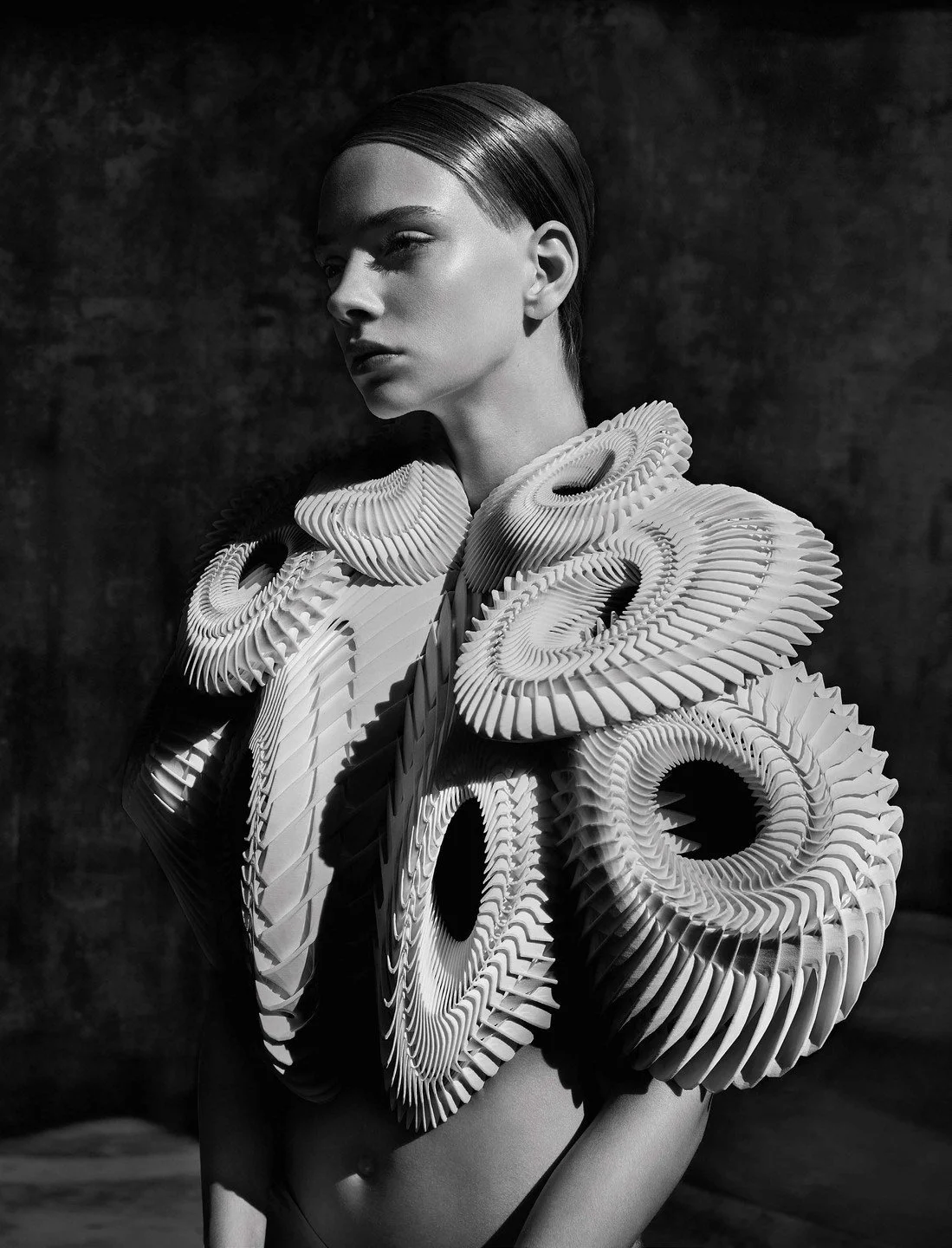 Image 10 of 19
Image 10 of 19

 Image 11 of 19
Image 11 of 19

 Image 12 of 19
Image 12 of 19

 Image 13 of 19
Image 13 of 19

 Image 14 of 19
Image 14 of 19

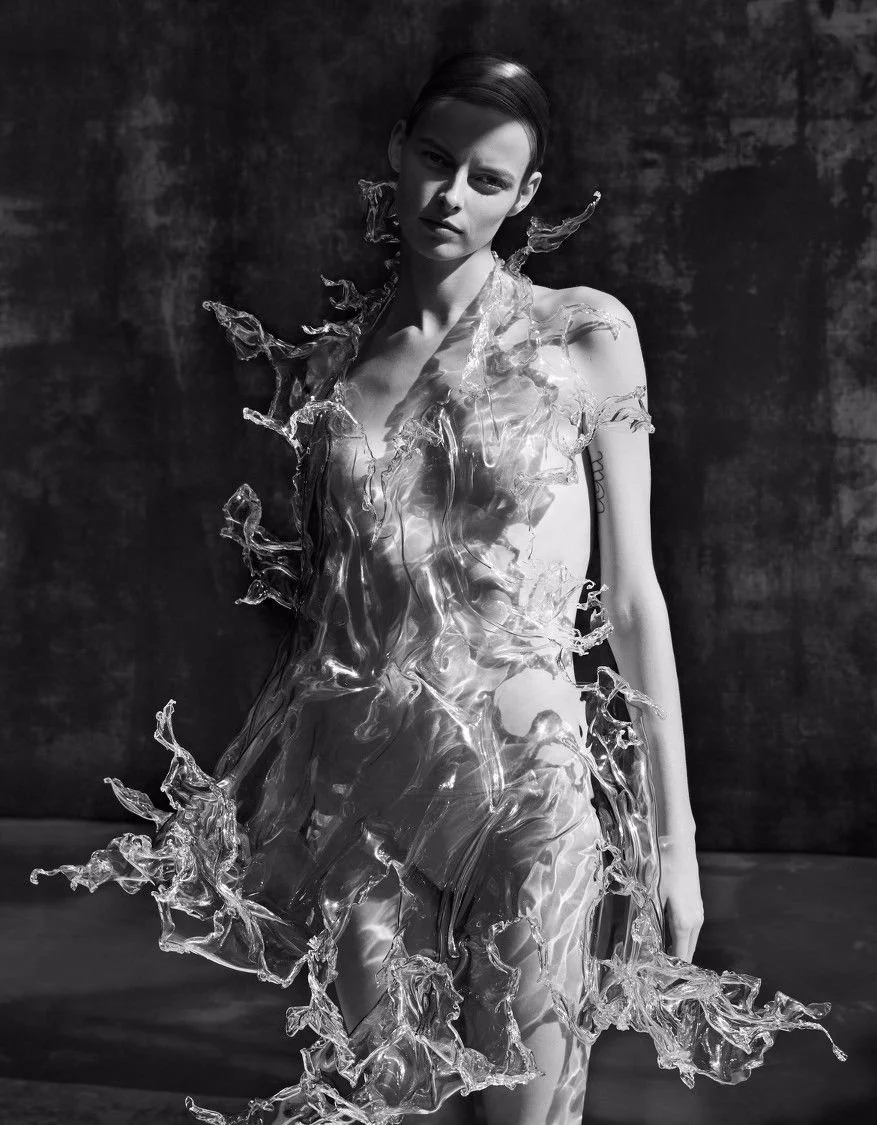 Image 15 of 19
Image 15 of 19

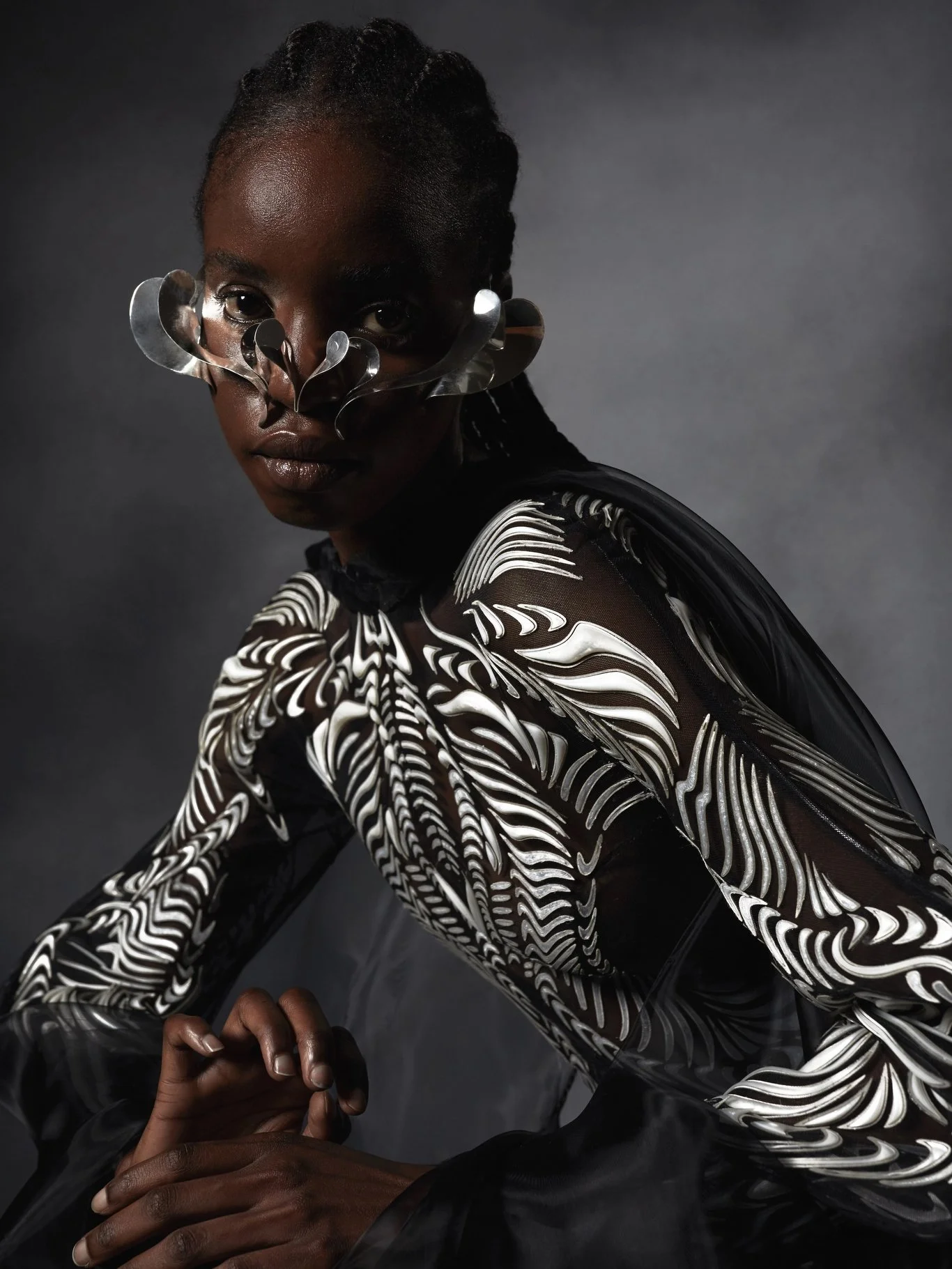 Image 16 of 19
Image 16 of 19

 Image 17 of 19
Image 17 of 19

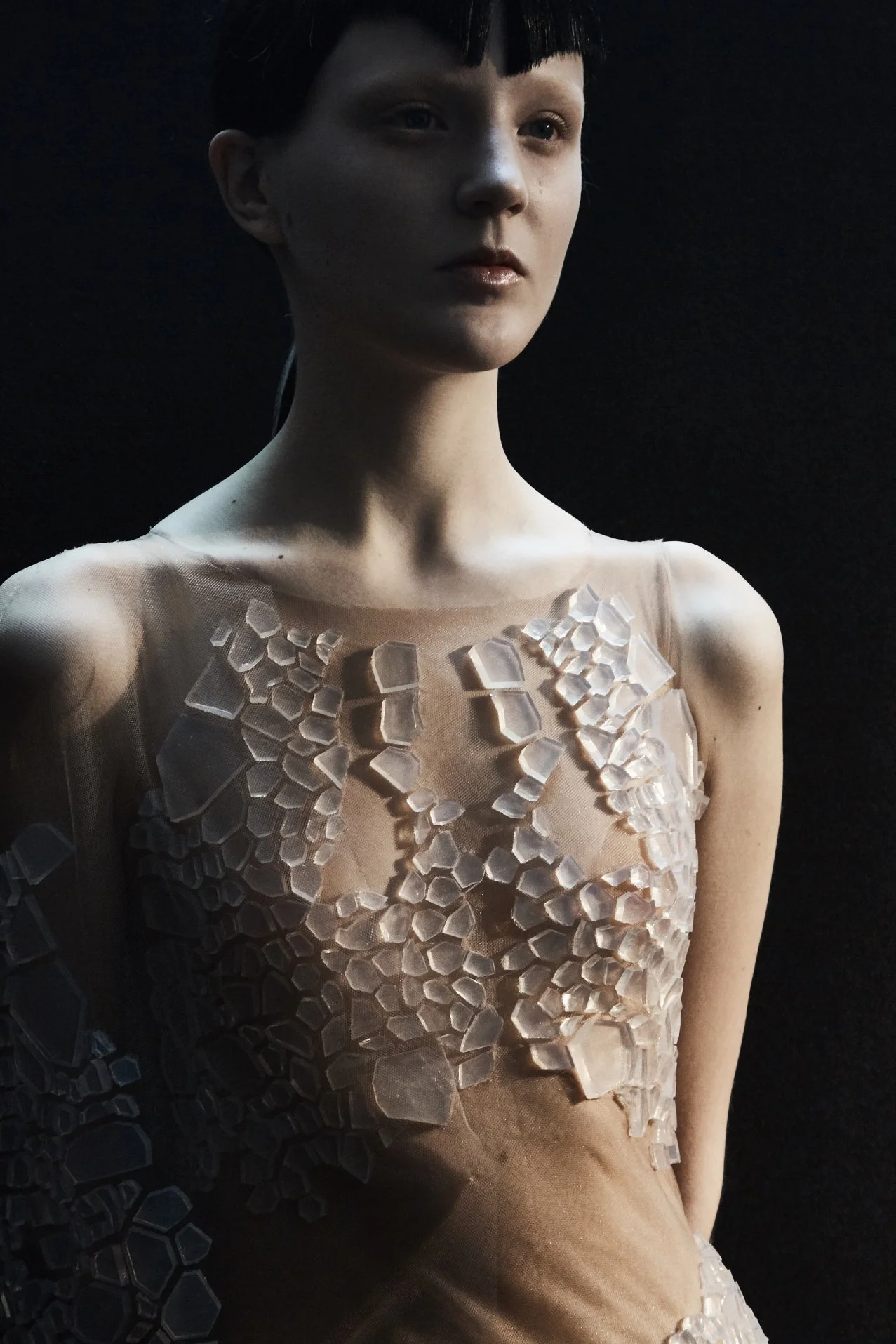 Image 18 of 19
Image 18 of 19

 Image 19 of 19
Image 19 of 19




















Iris van Herpen shifts emotions with nature-inspired biomimicry
Iris van Herpen is a Dutch fashion designer known for her innovative fusion of technology and traditional haute couture craftsmanship. She founded her eponymous label in 2007 and has since become a prominent figure in the fashion industry, recognized for her pioneering use of 3D printing and other advanced technologies. Van Herpen's current mission focuses on integrating sustainability and circular economy principles into her designs, creating garments that are both avant-garde and environmentally responsible. Core values include innovation, sustainability, and interdisciplinary collaboration, with a purpose to redefine the relationship between fashion, technology, and the environment.
Location
Headquarters: Amsterdam, Netherlands.
Primary manufacturing/operations locations: Various global locations for projects and collaborations.
The Circular Vision
Core circular economy principles: Designing out waste, using recycled and sustainable materials, and creating garments that promote environmental awareness and sustainable practices.
Key innovations: Development of collections like "Earthrise," which uses recycled ocean plastics, and collaborations with Parley for the Oceans to create sustainable fabrics. Van Herpen's work often incorporates advanced technologies such as 3D printing and laser cutting to minimize material waste.
Prioritization of local sourcing and closed-loop supply chains: Emphasis on using sustainable production methods and materials sourced from environmentally responsible partners.
Pioneering Solutions
Flagship projects: Van Herpen's portfolio includes innovative projects such as the "Earthrise" collection (using recycled ocean plastics), the "Magnum Vegan Dress" (made from upcycled and plant-based materials), the "Lucid" collection (exploring the concept of lucid dreaming with 3D-printed elements), and the "Holobiont" dress (created in collaboration with Parley for the Oceans using upcycled marine debris).
The Regenerative Future
R&D focus areas: Advancing sustainable fashion techniques, exploring new applications for recycled and bio-based materials, and developing solutions that further reduce waste and energy consumption in fashion production processes.
Ambitious goals: To lead the fashion industry in sustainable practices, create zero-waste collections, and inspire a shift towards a regenerative approach to fashion design and consumption.
Fact Sheet
Commercial Availability: Fashion collections and design services available through collaborations, exhibitions, and partnerships with brands and institutions.
Circularity Rating: 5/5 (Strong focus on integrating circular economy principles and waste reduction in fashion design).
Key Certifications: ANDAM Grand Prix Award (2014), STARTS Prize by the European Commission (2016), Johannes Vermeer Award (2017).
Cost Rating: High-end luxury pricing, with significant value in sustainability and innovation.
Material Passport: Detailed material traceability and use of recycled and sustainable materials in many projects.
Designed for Disassembly: Yes, many garments are designed with consideration for future recyclability and material reuse.
Carbon Performance: Focus on reducing carbon footprint through the use of sustainable materials and local production. Committed to minimizing environmental impact through efficient design and manufacturing processes.
Key Takeaway
Iris van Herpen transforms the fashion industry through innovative, sustainable solutions that prioritize circular economy principles, setting a benchmark for environmental responsibility and material innovation in contemporary haute couture.
Explore Further
Iris van Herpen website: https://www.irisvanherpen.com
Iris van Herpen is a Dutch fashion designer known for her innovative fusion of technology and traditional haute couture craftsmanship. She founded her eponymous label in 2007 and has since become a prominent figure in the fashion industry, recognized for her pioneering use of 3D printing and other advanced technologies. Van Herpen's current mission focuses on integrating sustainability and circular economy principles into her designs, creating garments that are both avant-garde and environmentally responsible. Core values include innovation, sustainability, and interdisciplinary collaboration, with a purpose to redefine the relationship between fashion, technology, and the environment.
Location
Headquarters: Amsterdam, Netherlands.
Primary manufacturing/operations locations: Various global locations for projects and collaborations.
The Circular Vision
Core circular economy principles: Designing out waste, using recycled and sustainable materials, and creating garments that promote environmental awareness and sustainable practices.
Key innovations: Development of collections like "Earthrise," which uses recycled ocean plastics, and collaborations with Parley for the Oceans to create sustainable fabrics. Van Herpen's work often incorporates advanced technologies such as 3D printing and laser cutting to minimize material waste.
Prioritization of local sourcing and closed-loop supply chains: Emphasis on using sustainable production methods and materials sourced from environmentally responsible partners.
Pioneering Solutions
Flagship projects: Van Herpen's portfolio includes innovative projects such as the "Earthrise" collection (using recycled ocean plastics), the "Magnum Vegan Dress" (made from upcycled and plant-based materials), the "Lucid" collection (exploring the concept of lucid dreaming with 3D-printed elements), and the "Holobiont" dress (created in collaboration with Parley for the Oceans using upcycled marine debris).
The Regenerative Future
R&D focus areas: Advancing sustainable fashion techniques, exploring new applications for recycled and bio-based materials, and developing solutions that further reduce waste and energy consumption in fashion production processes.
Ambitious goals: To lead the fashion industry in sustainable practices, create zero-waste collections, and inspire a shift towards a regenerative approach to fashion design and consumption.
Fact Sheet
Commercial Availability: Fashion collections and design services available through collaborations, exhibitions, and partnerships with brands and institutions.
Circularity Rating: 5/5 (Strong focus on integrating circular economy principles and waste reduction in fashion design).
Key Certifications: ANDAM Grand Prix Award (2014), STARTS Prize by the European Commission (2016), Johannes Vermeer Award (2017).
Cost Rating: High-end luxury pricing, with significant value in sustainability and innovation.
Material Passport: Detailed material traceability and use of recycled and sustainable materials in many projects.
Designed for Disassembly: Yes, many garments are designed with consideration for future recyclability and material reuse.
Carbon Performance: Focus on reducing carbon footprint through the use of sustainable materials and local production. Committed to minimizing environmental impact through efficient design and manufacturing processes.
Key Takeaway
Iris van Herpen transforms the fashion industry through innovative, sustainable solutions that prioritize circular economy principles, setting a benchmark for environmental responsibility and material innovation in contemporary haute couture.
Explore Further
Iris van Herpen website: https://www.irisvanherpen.com

